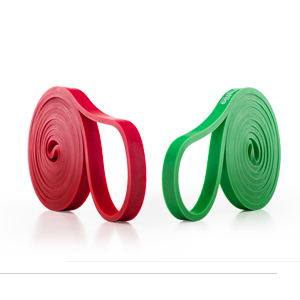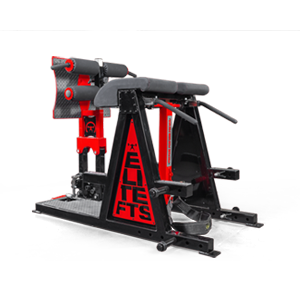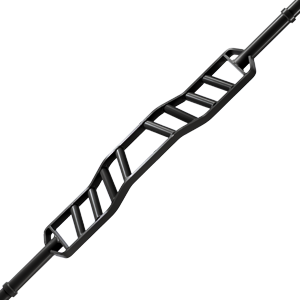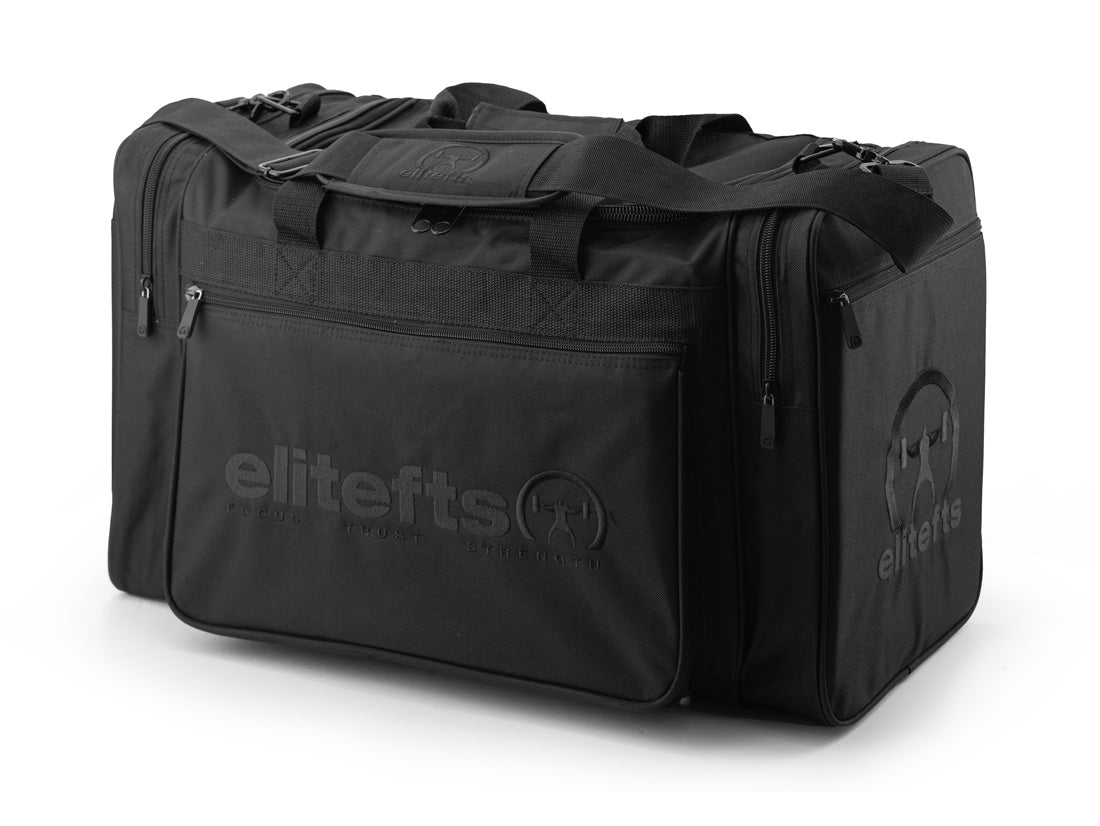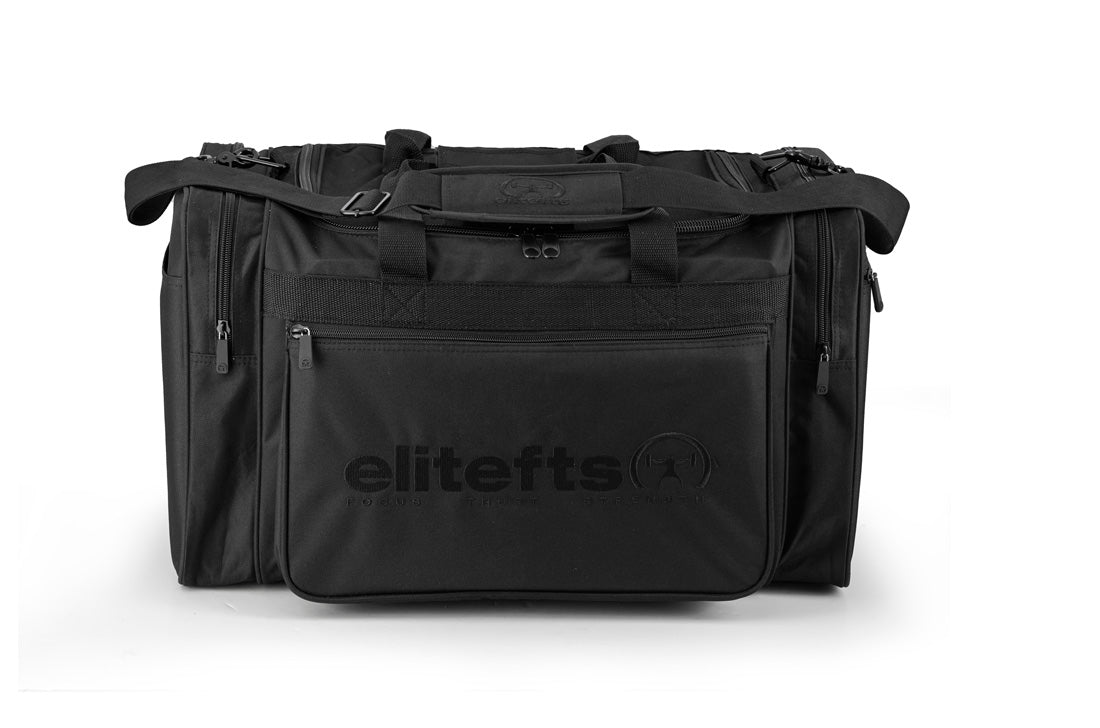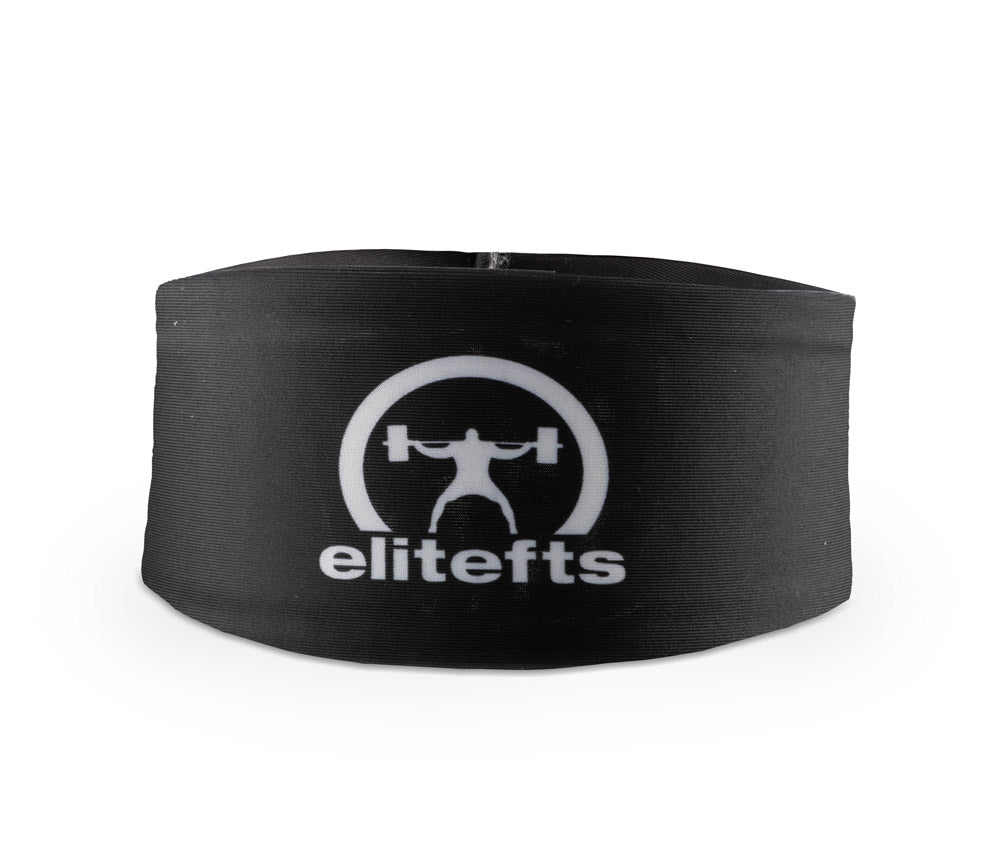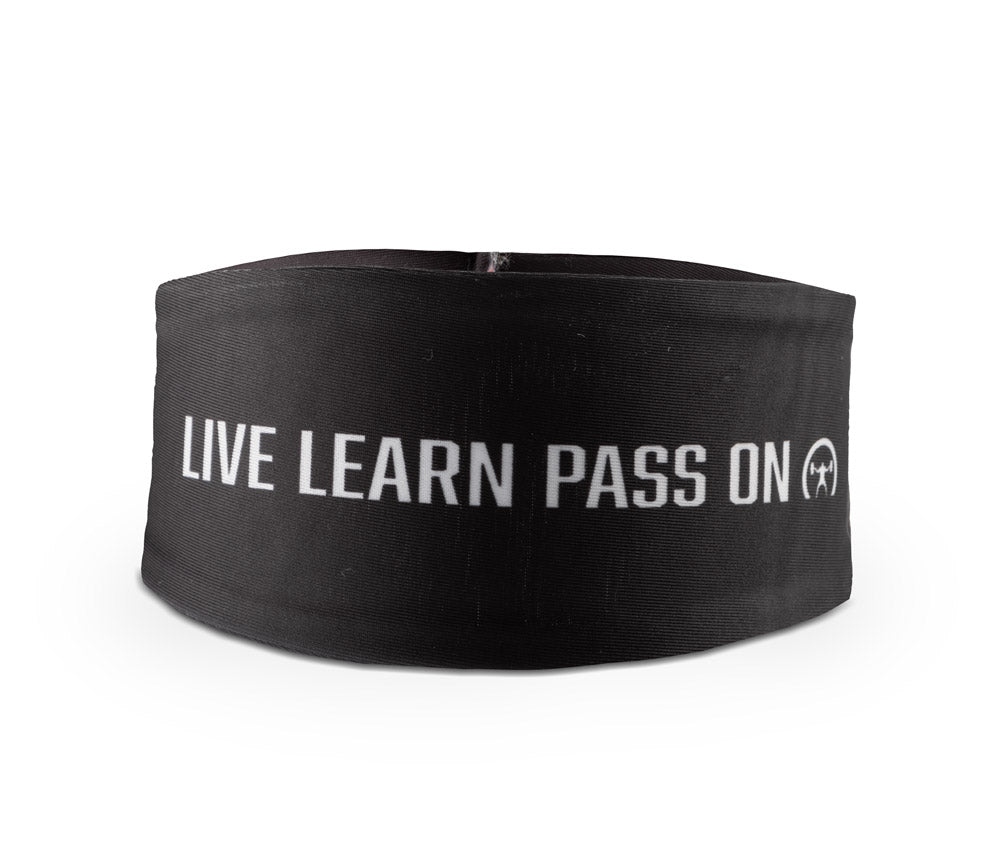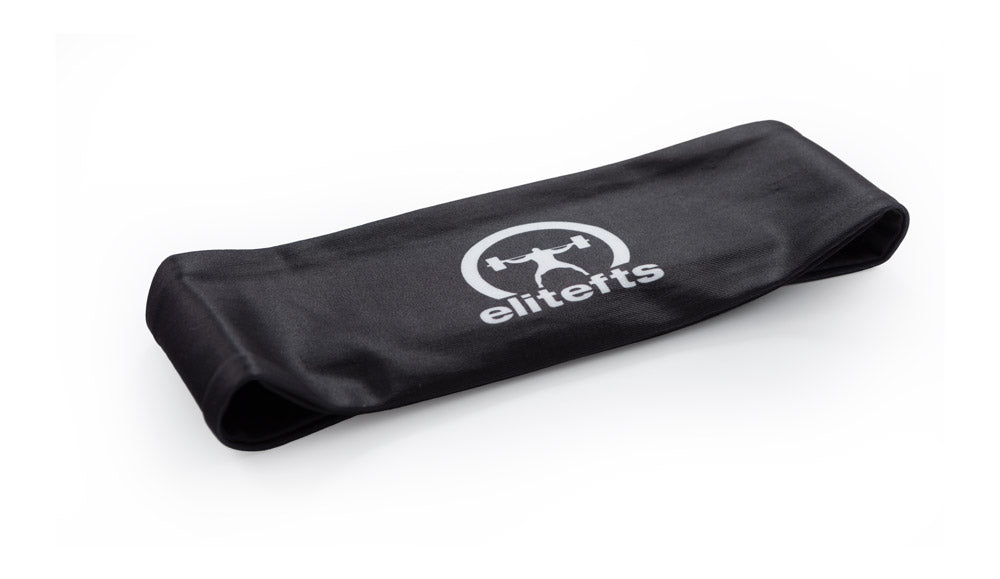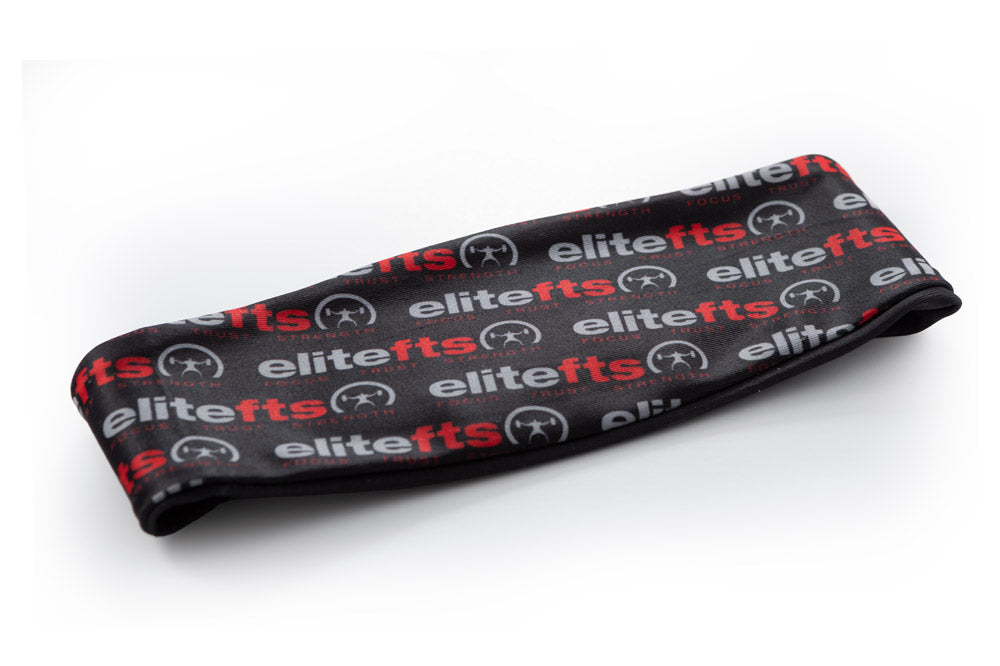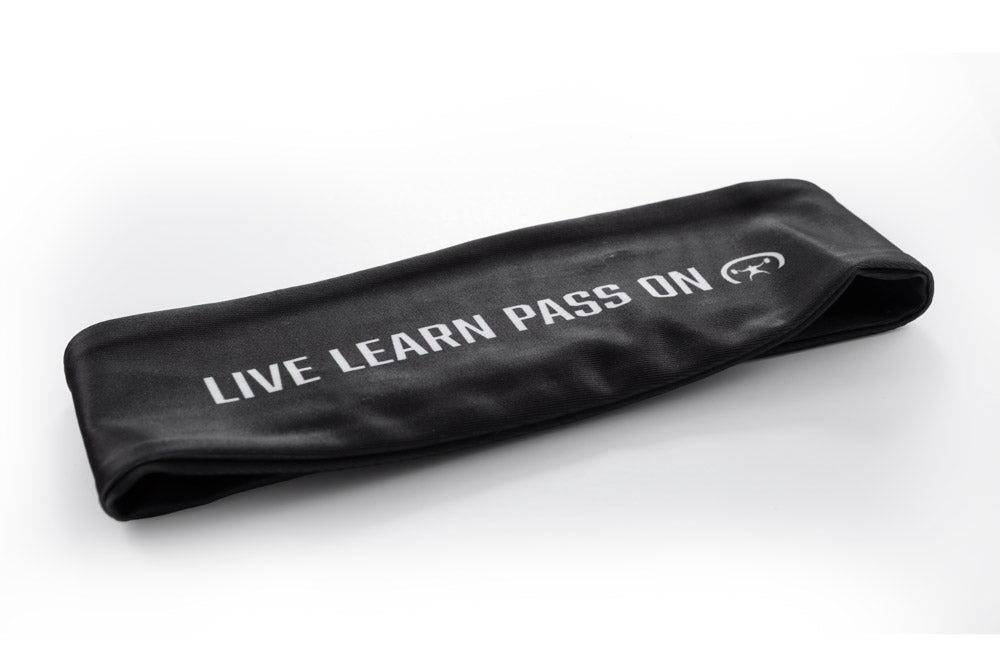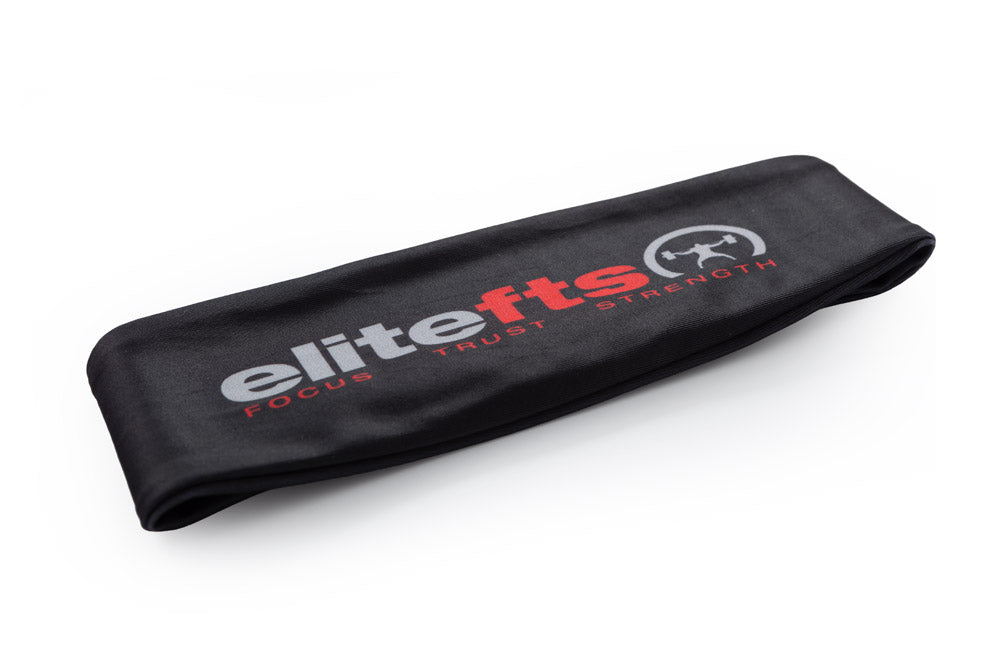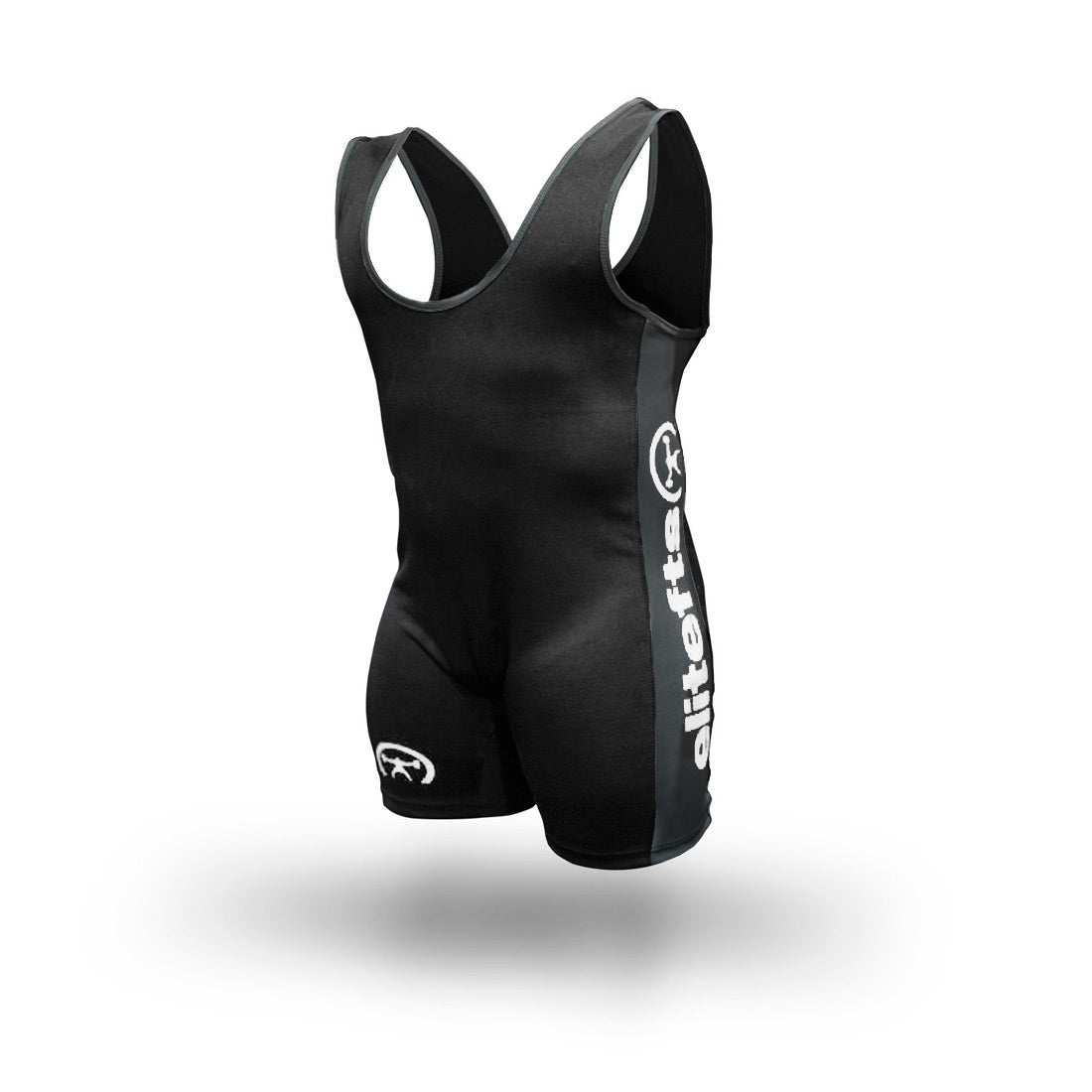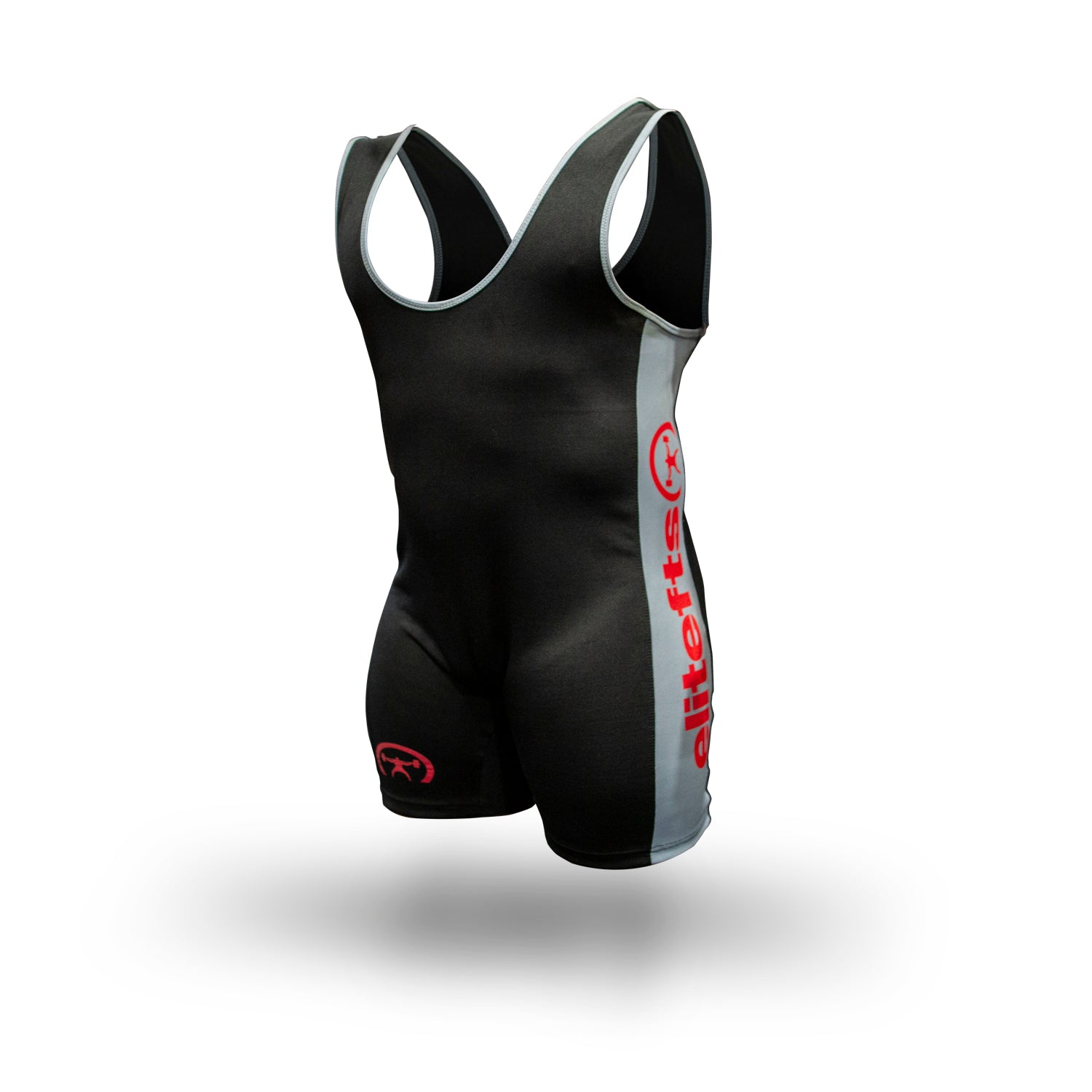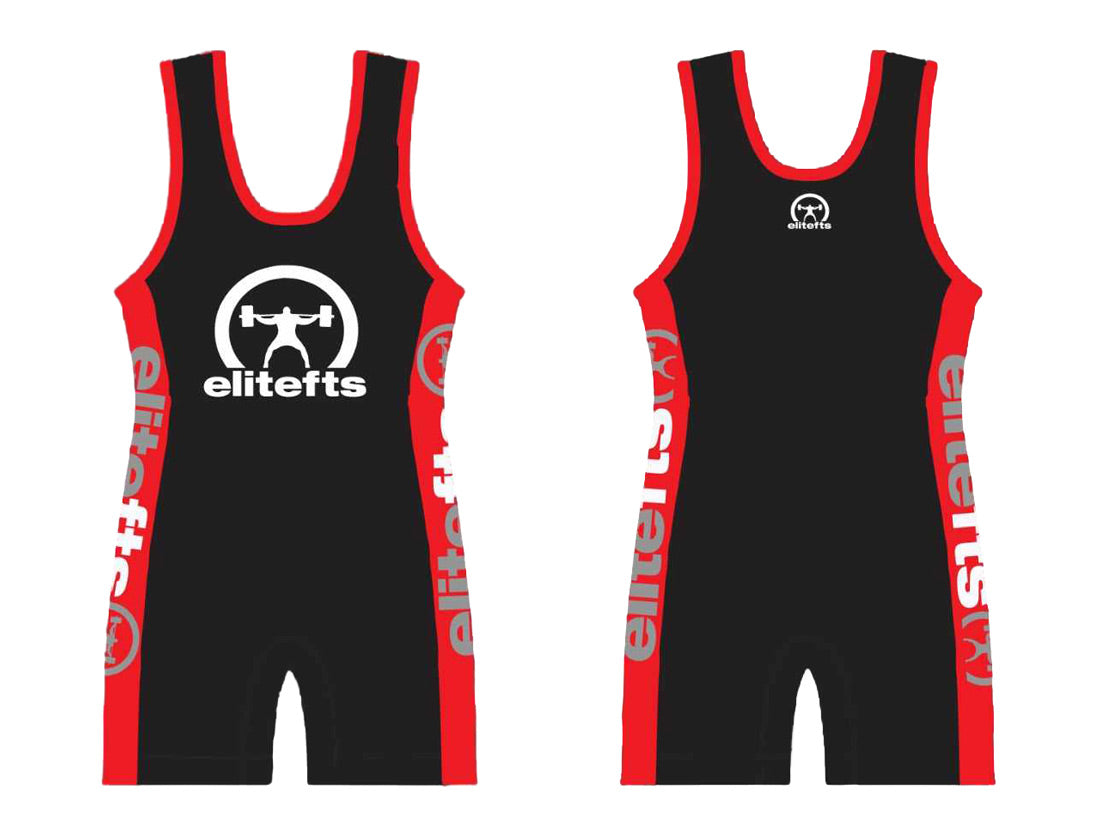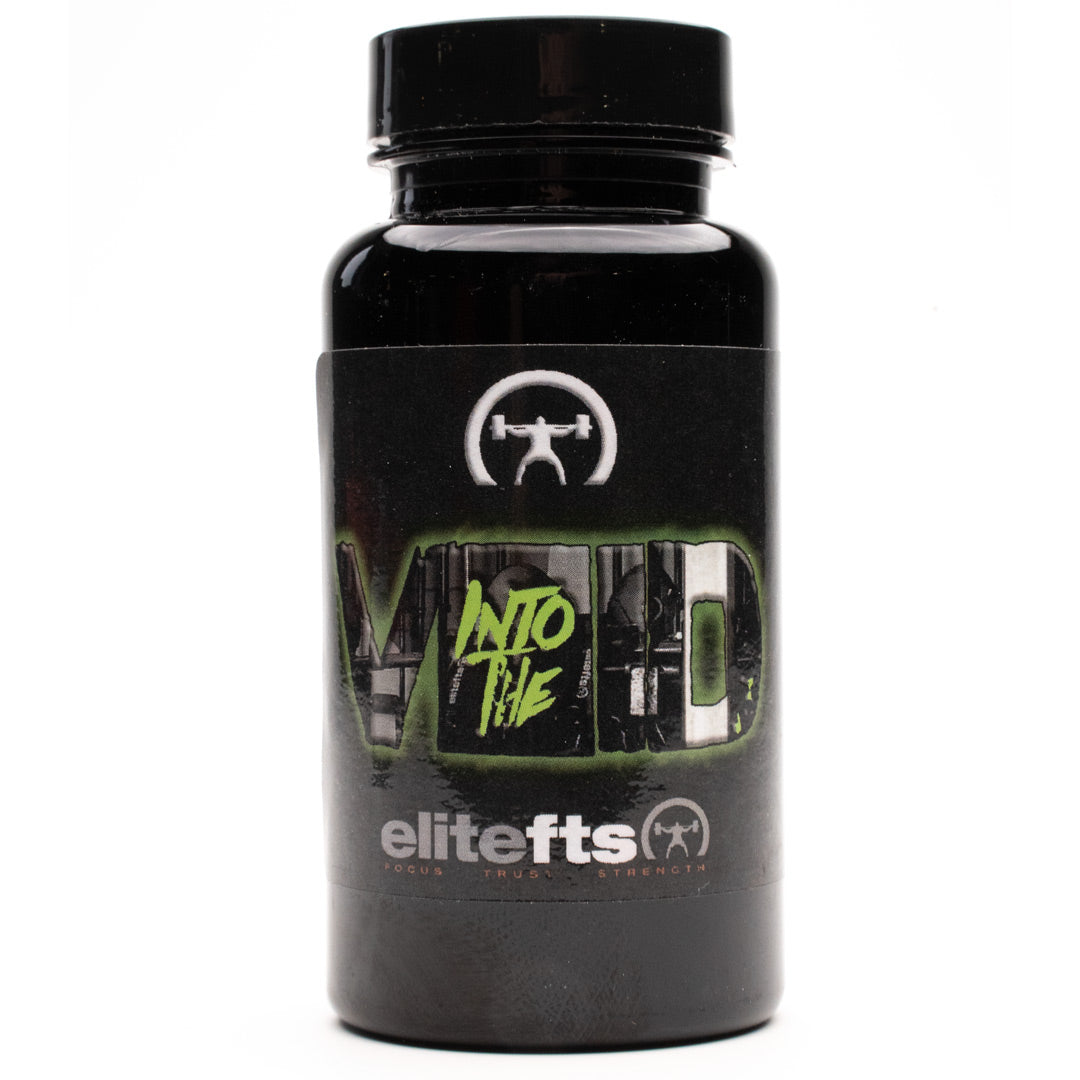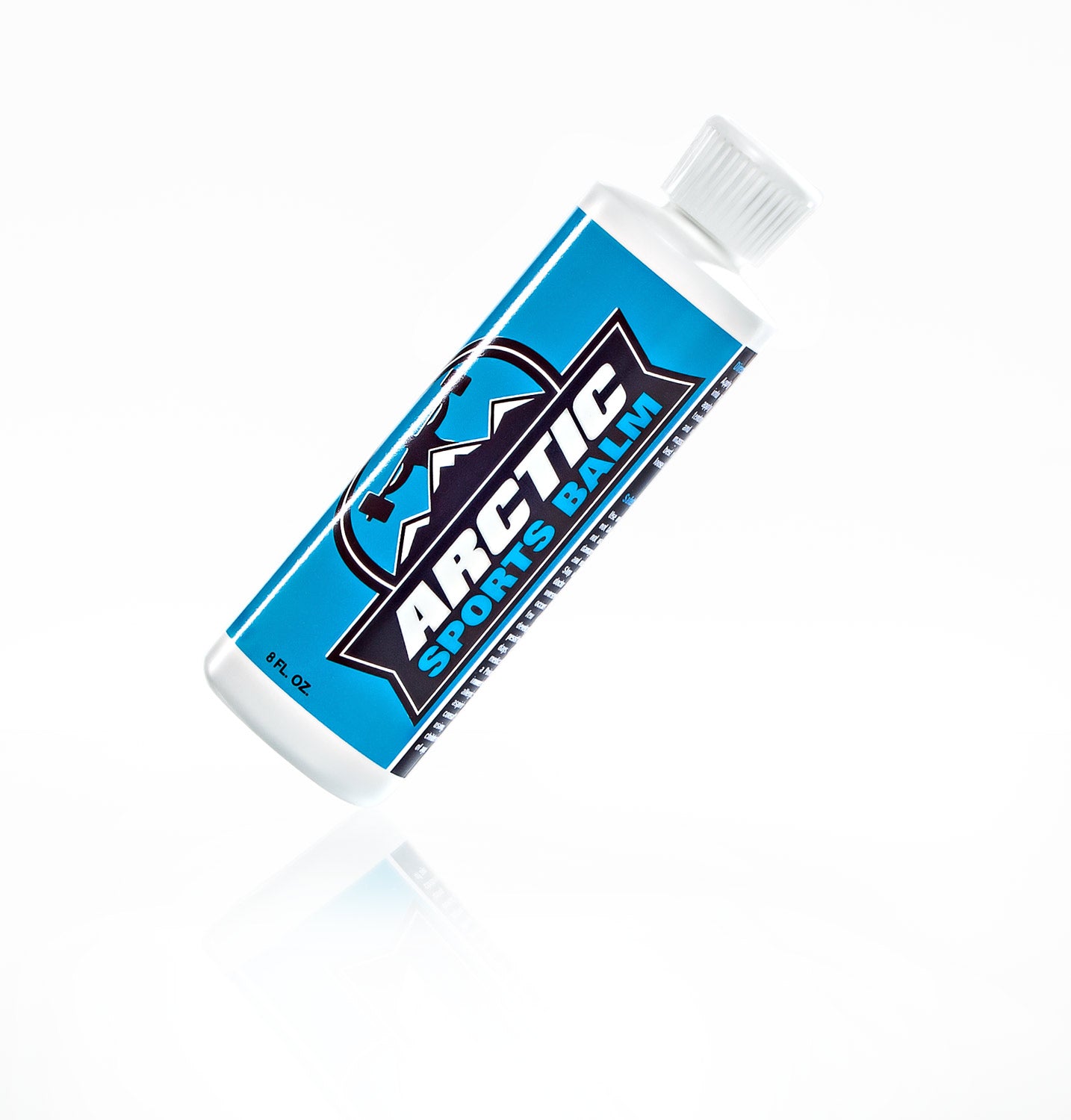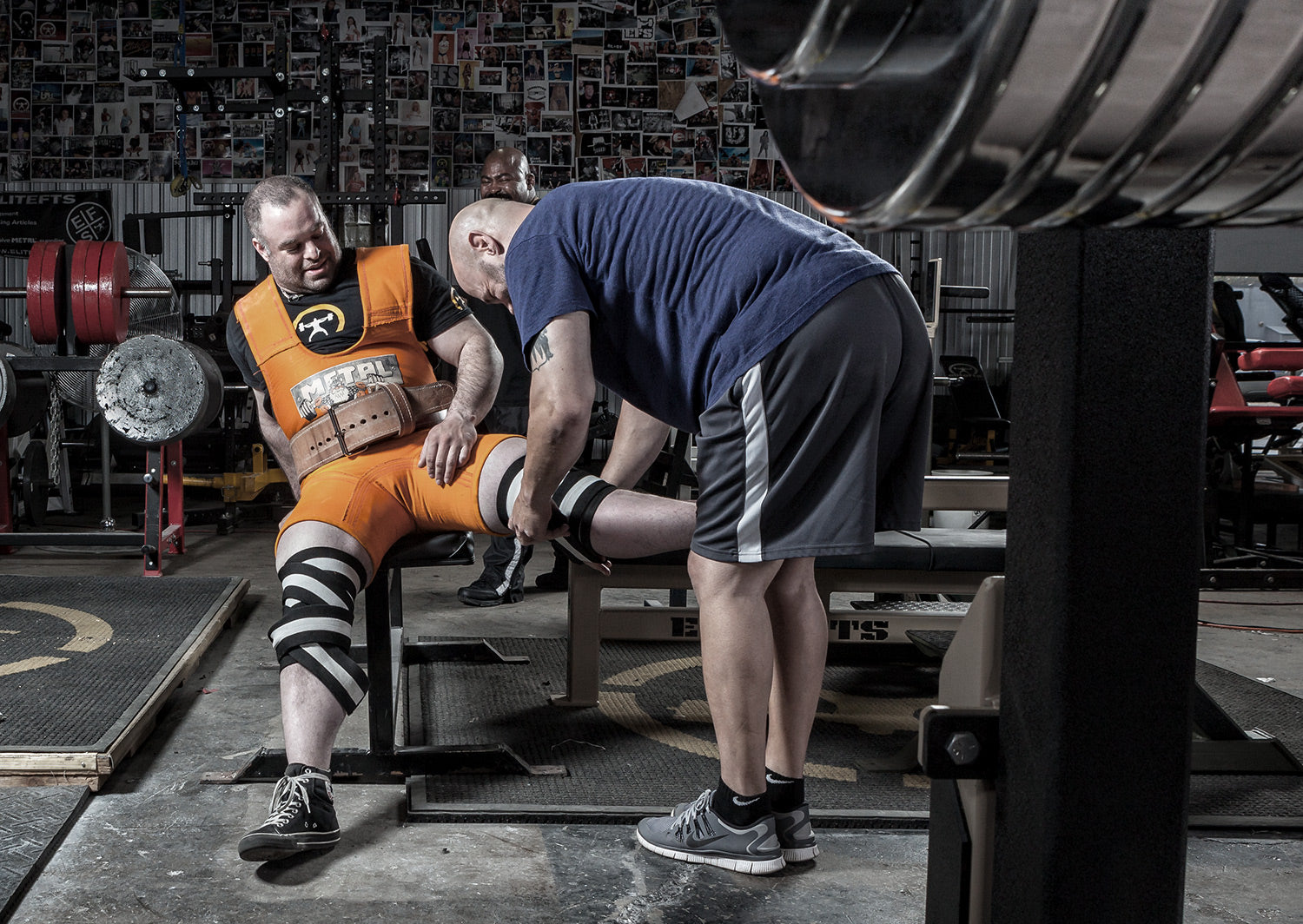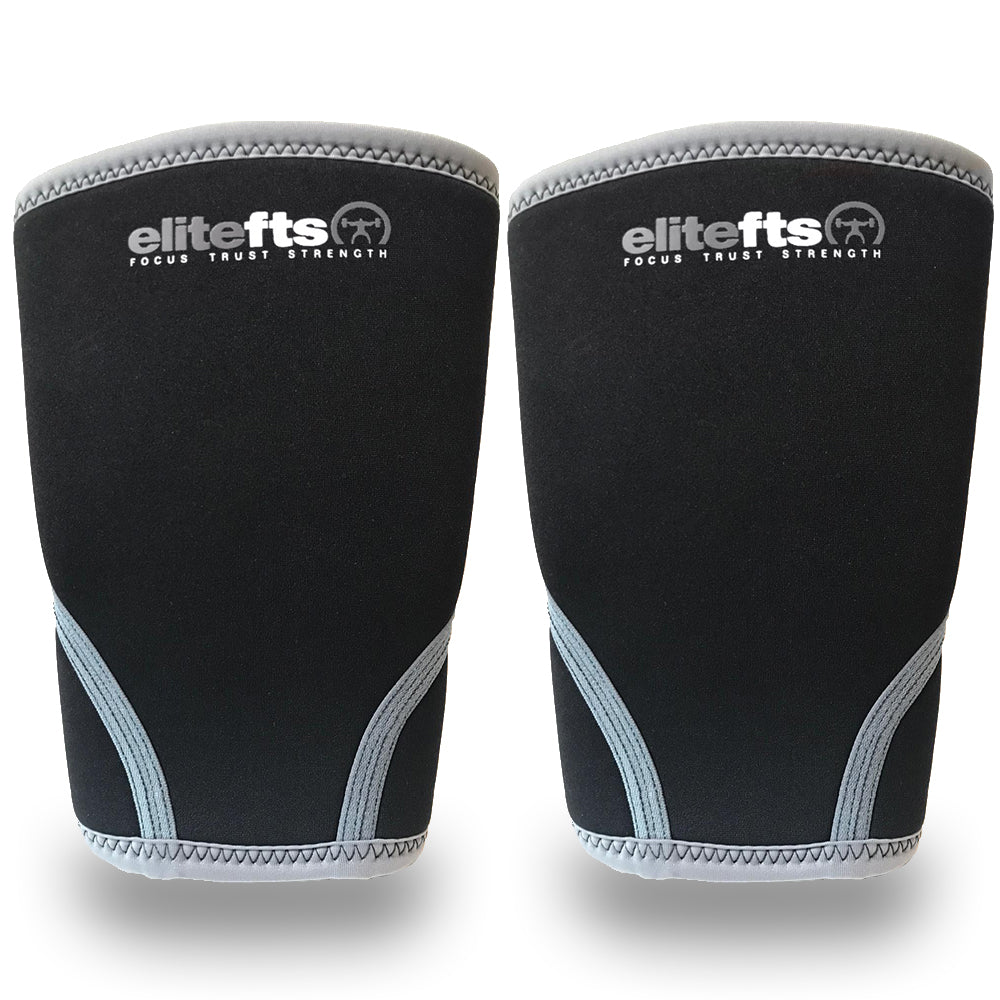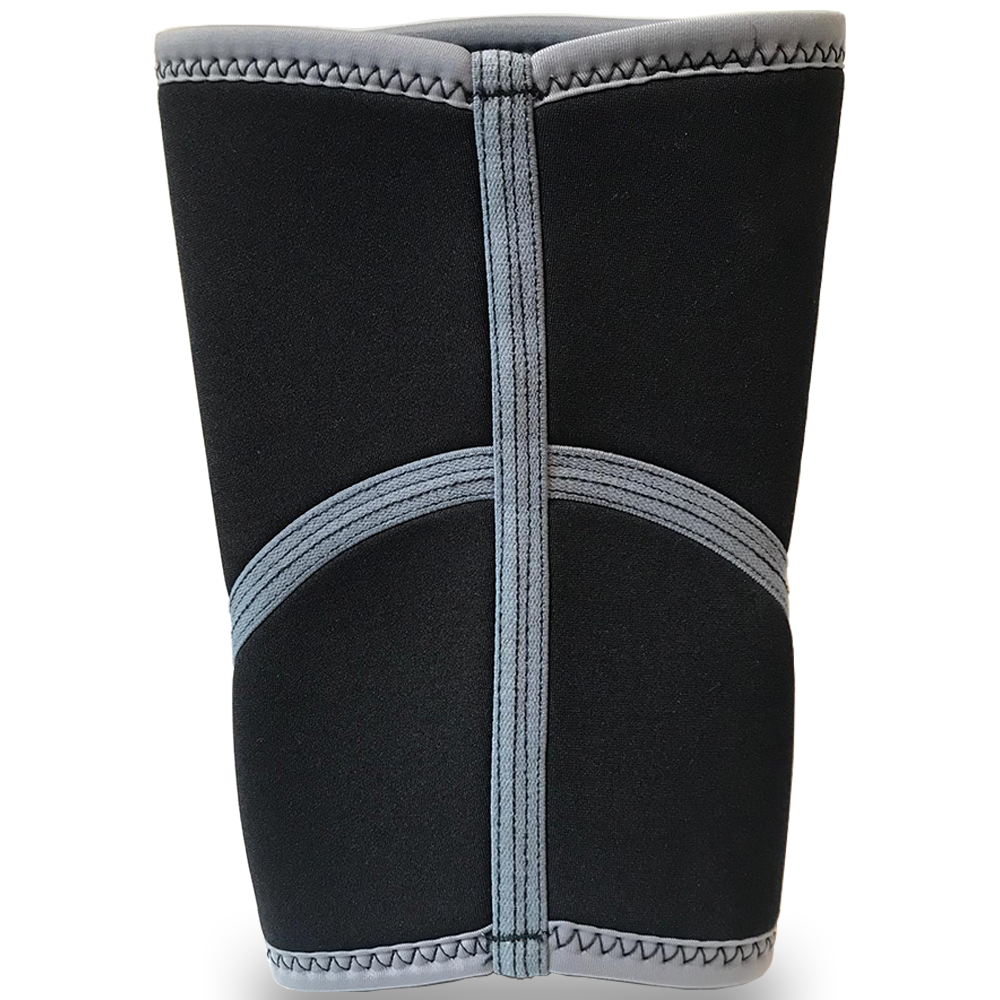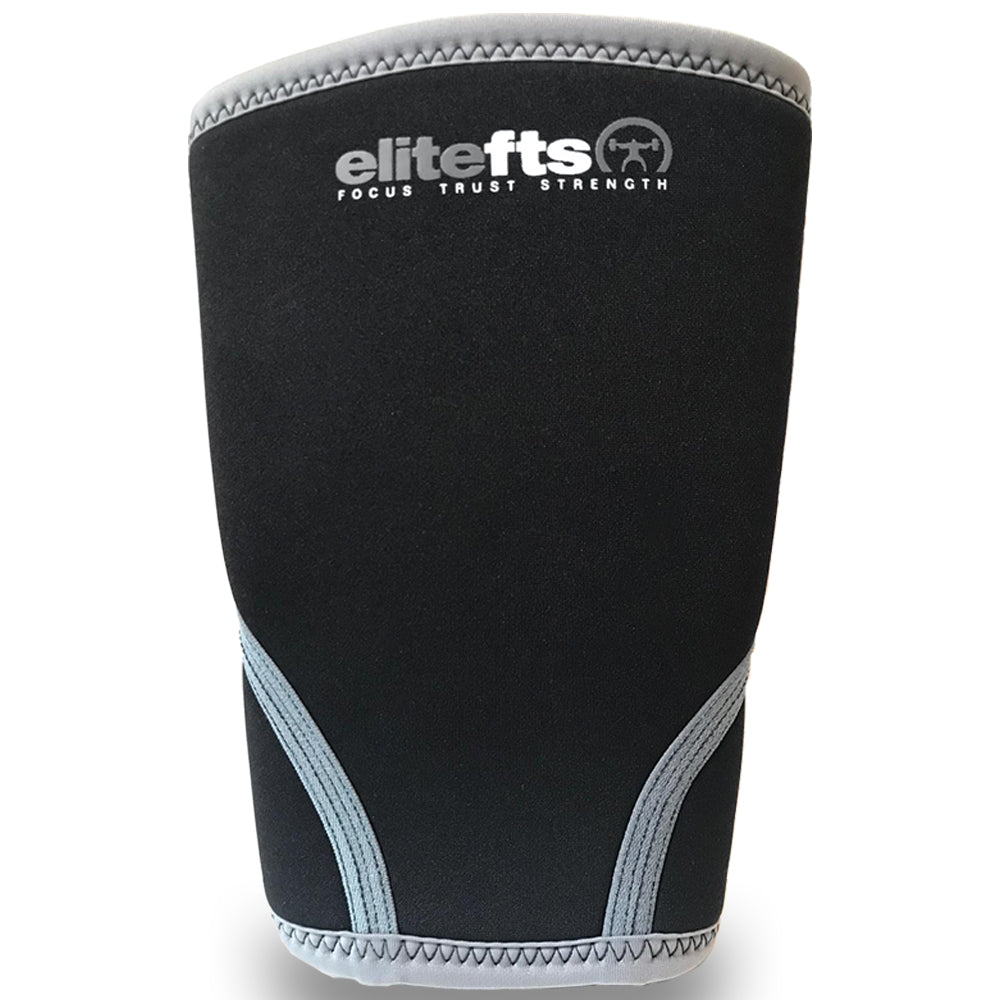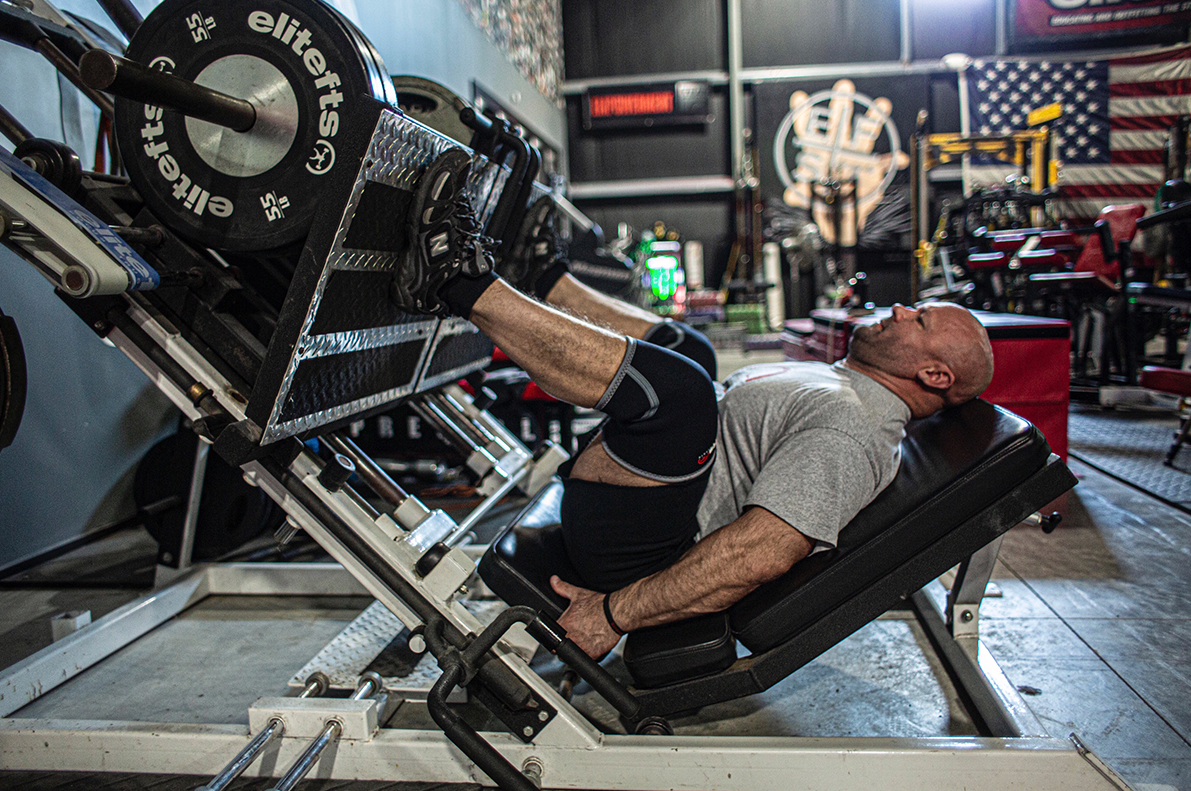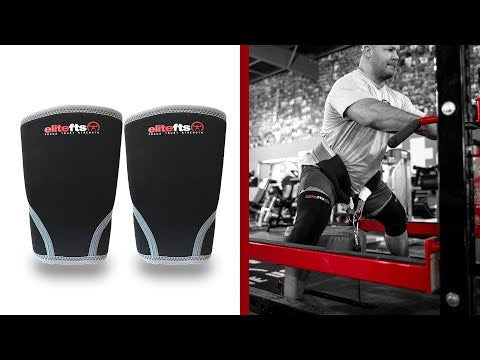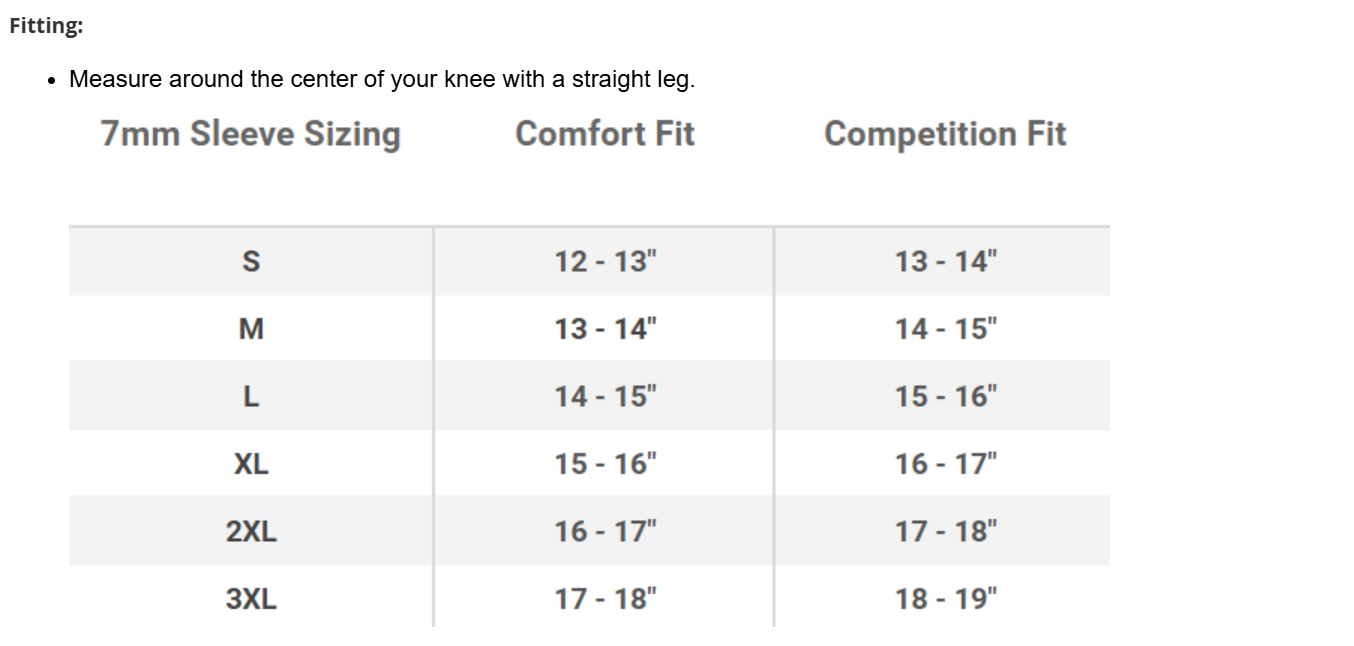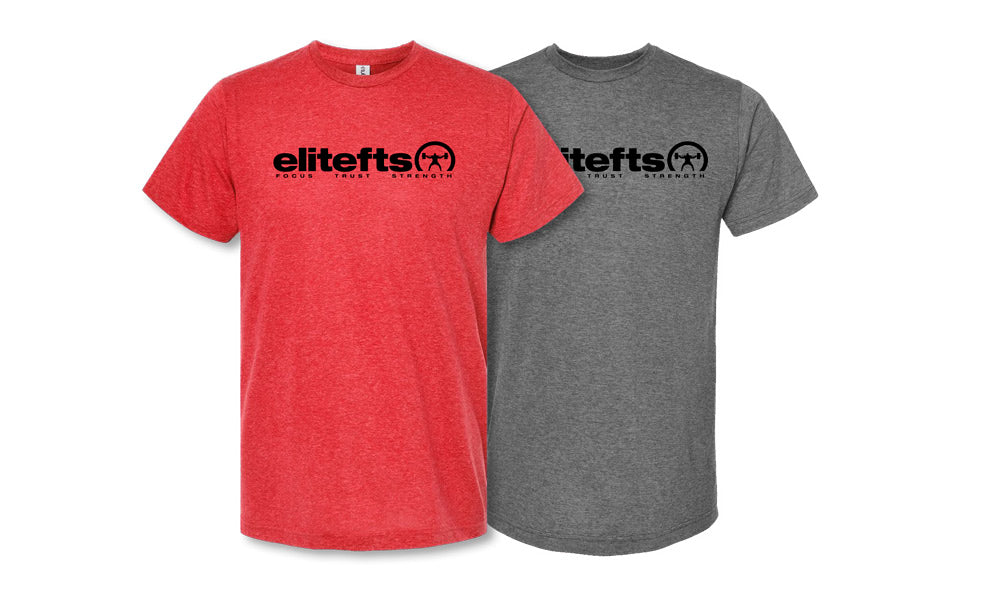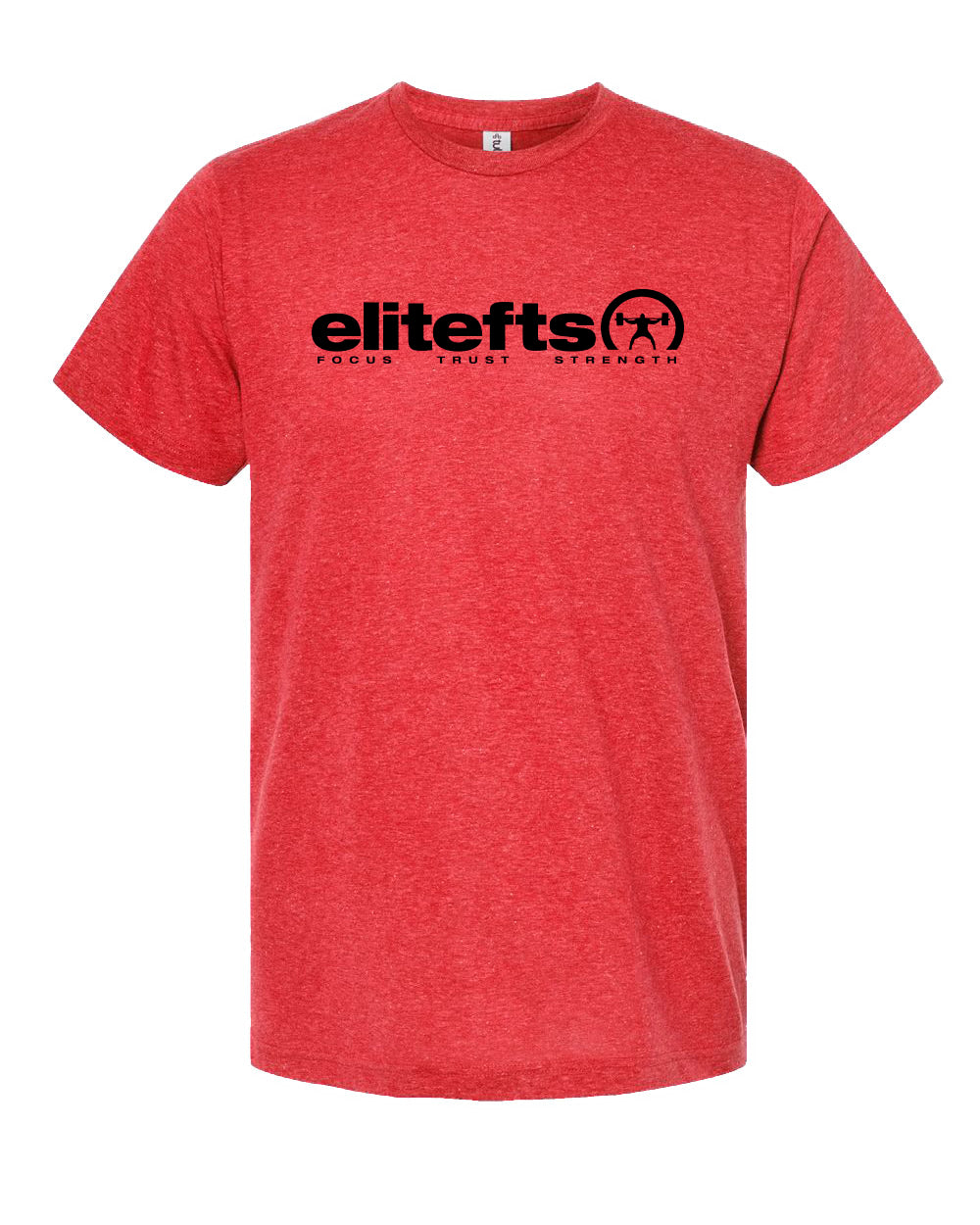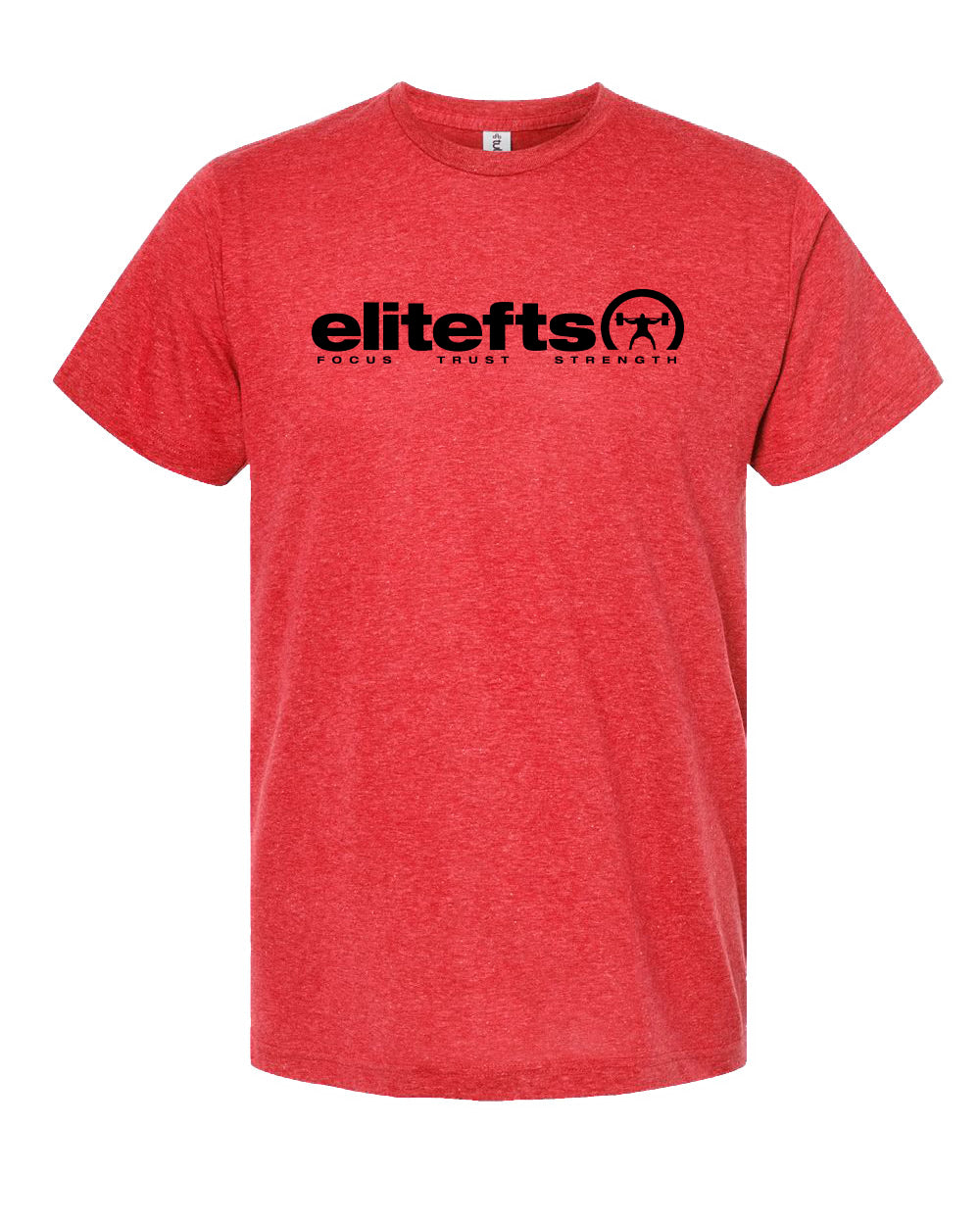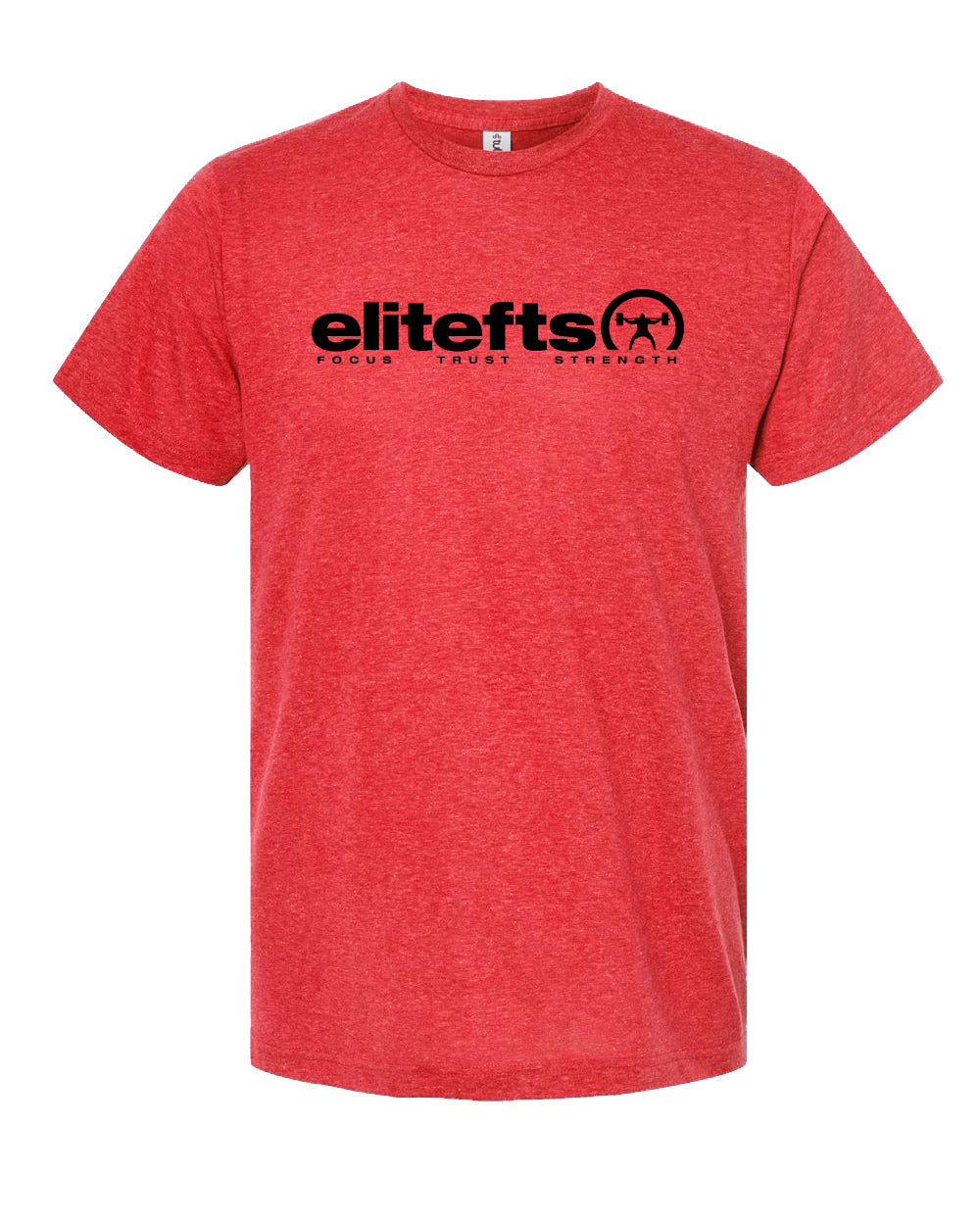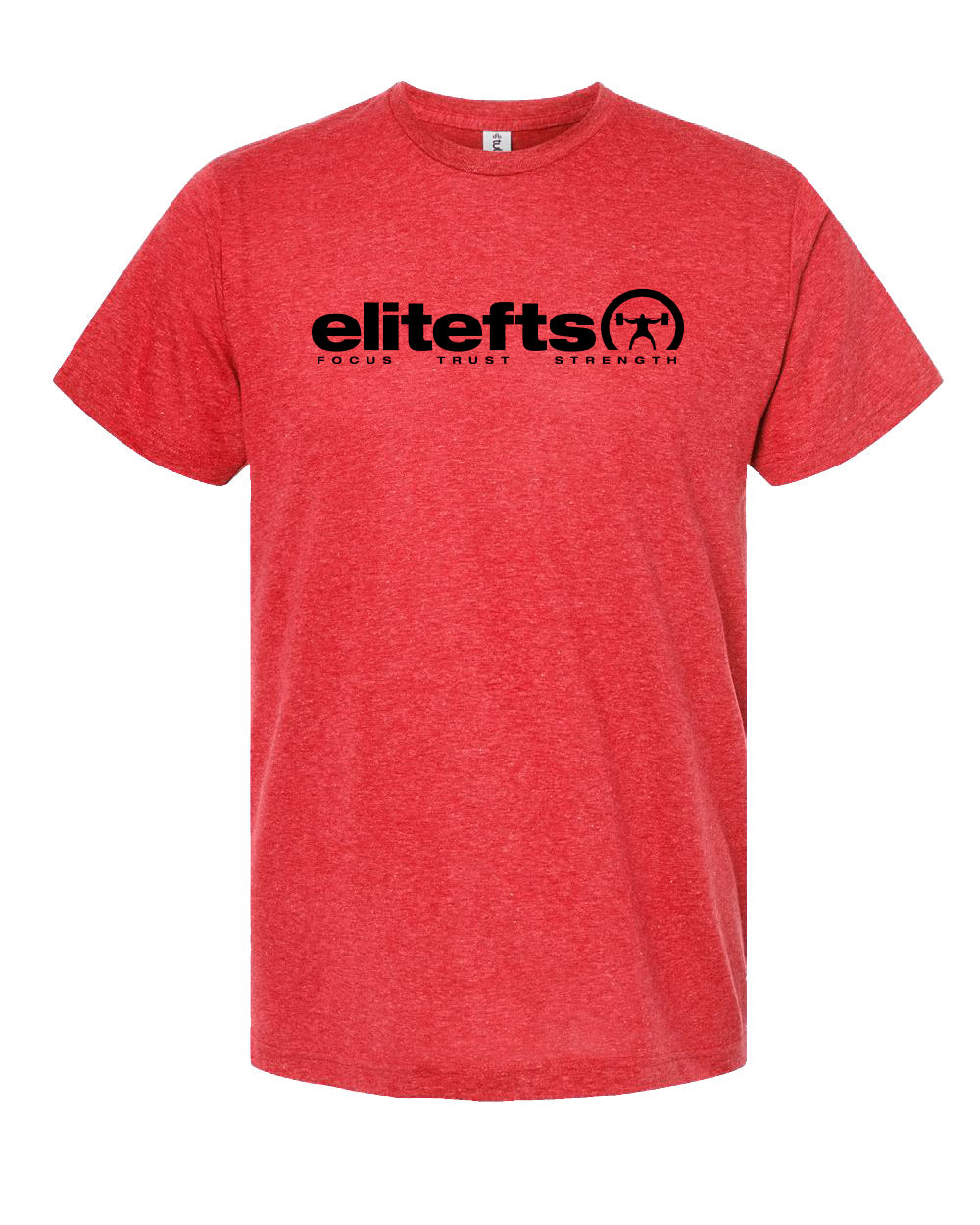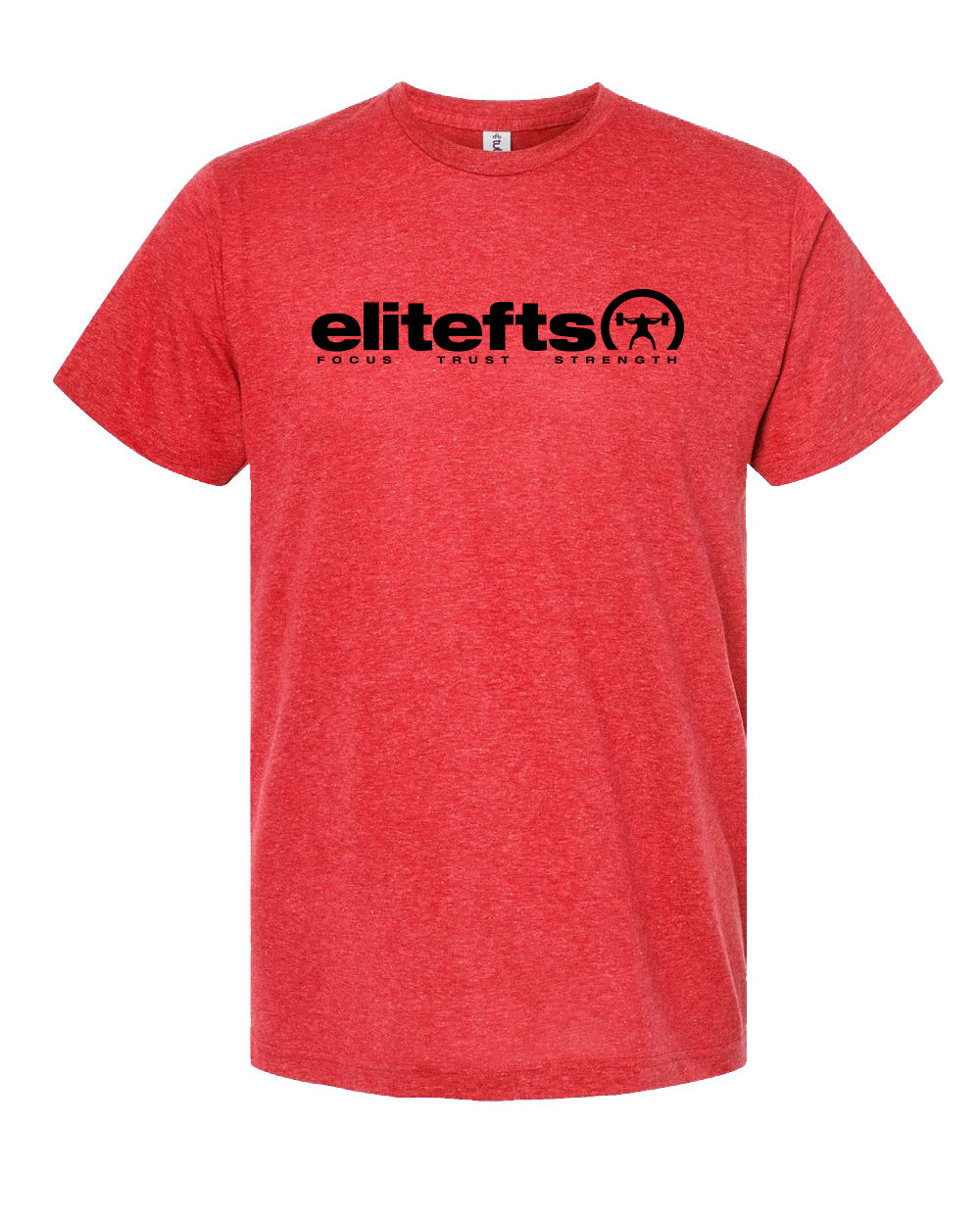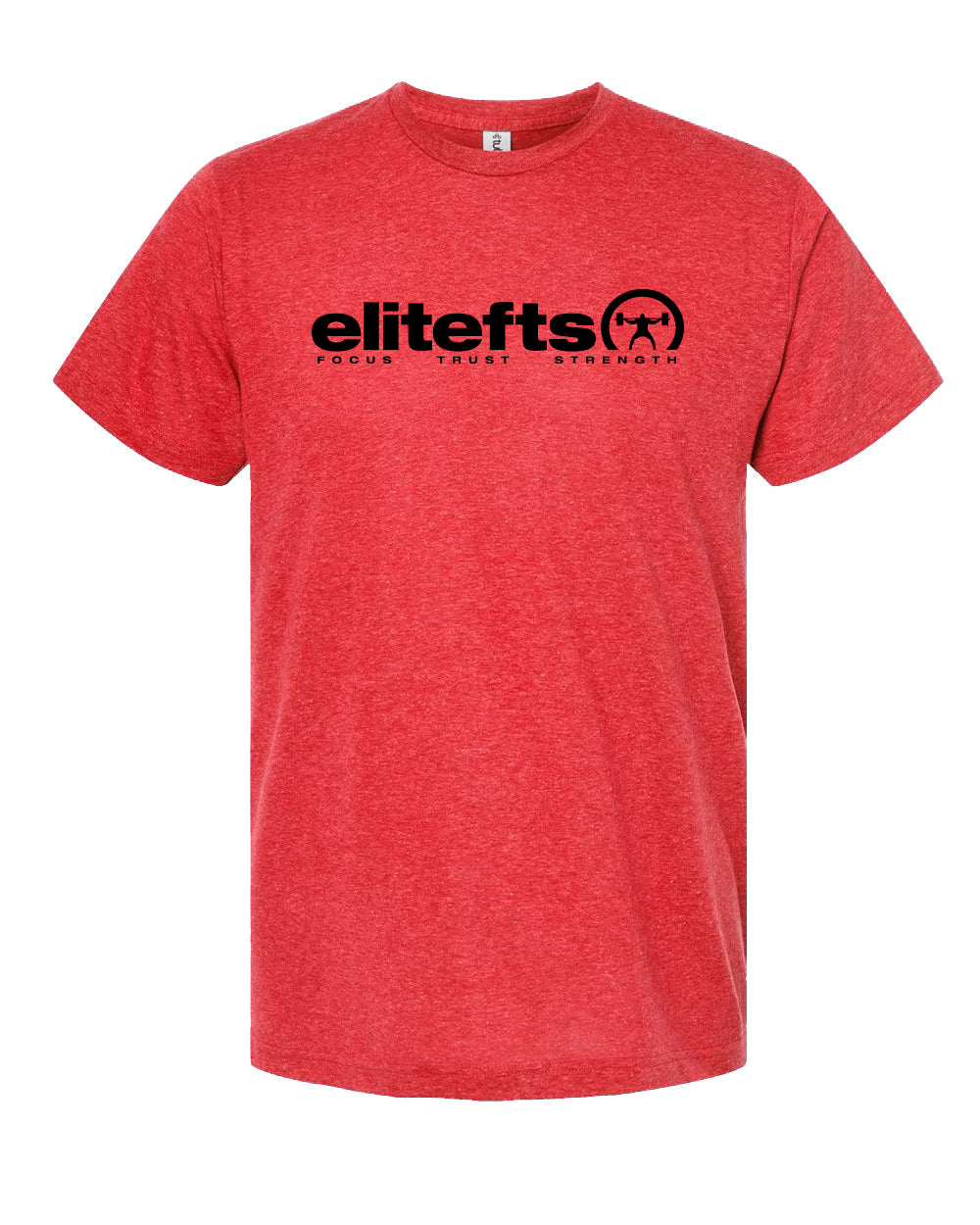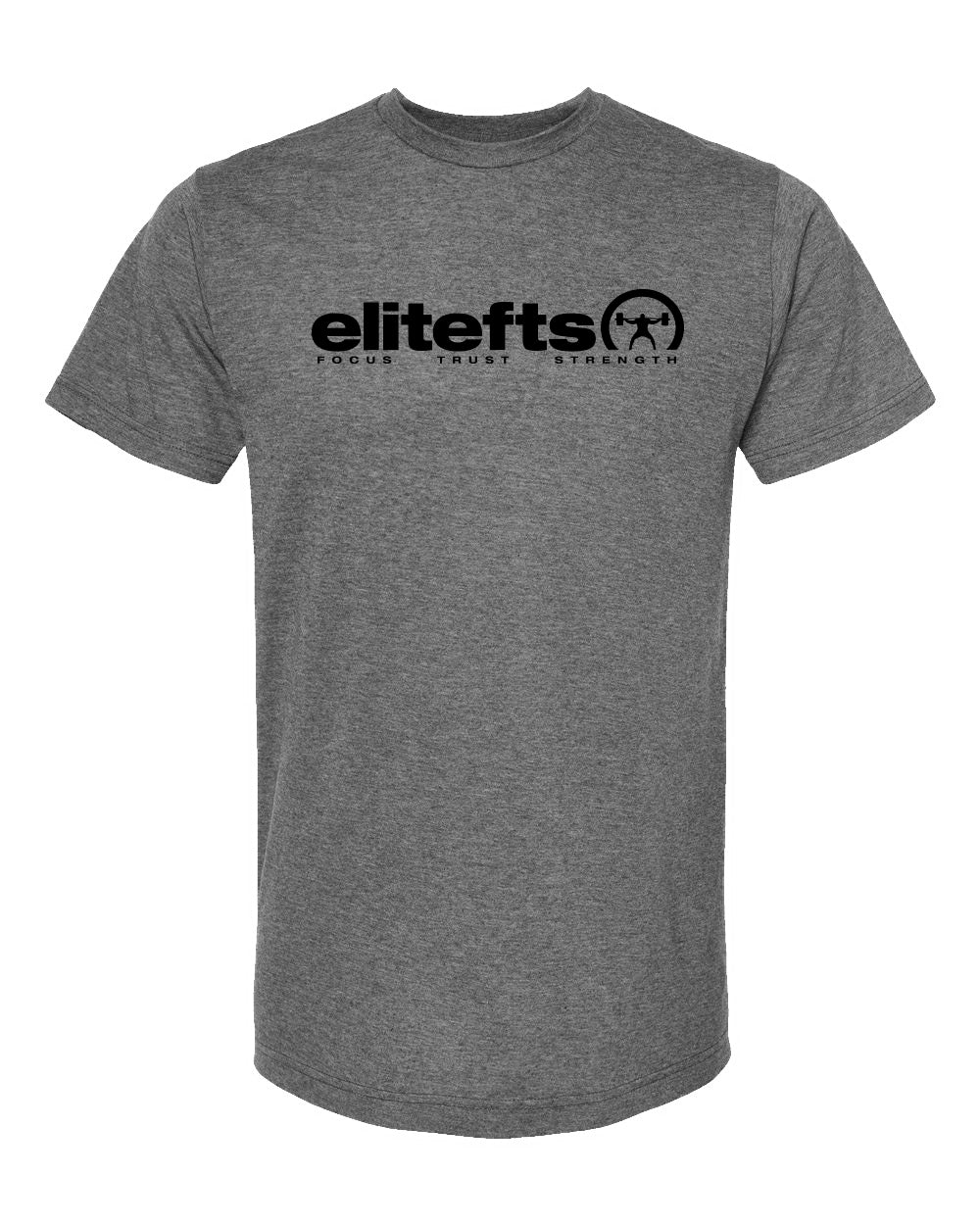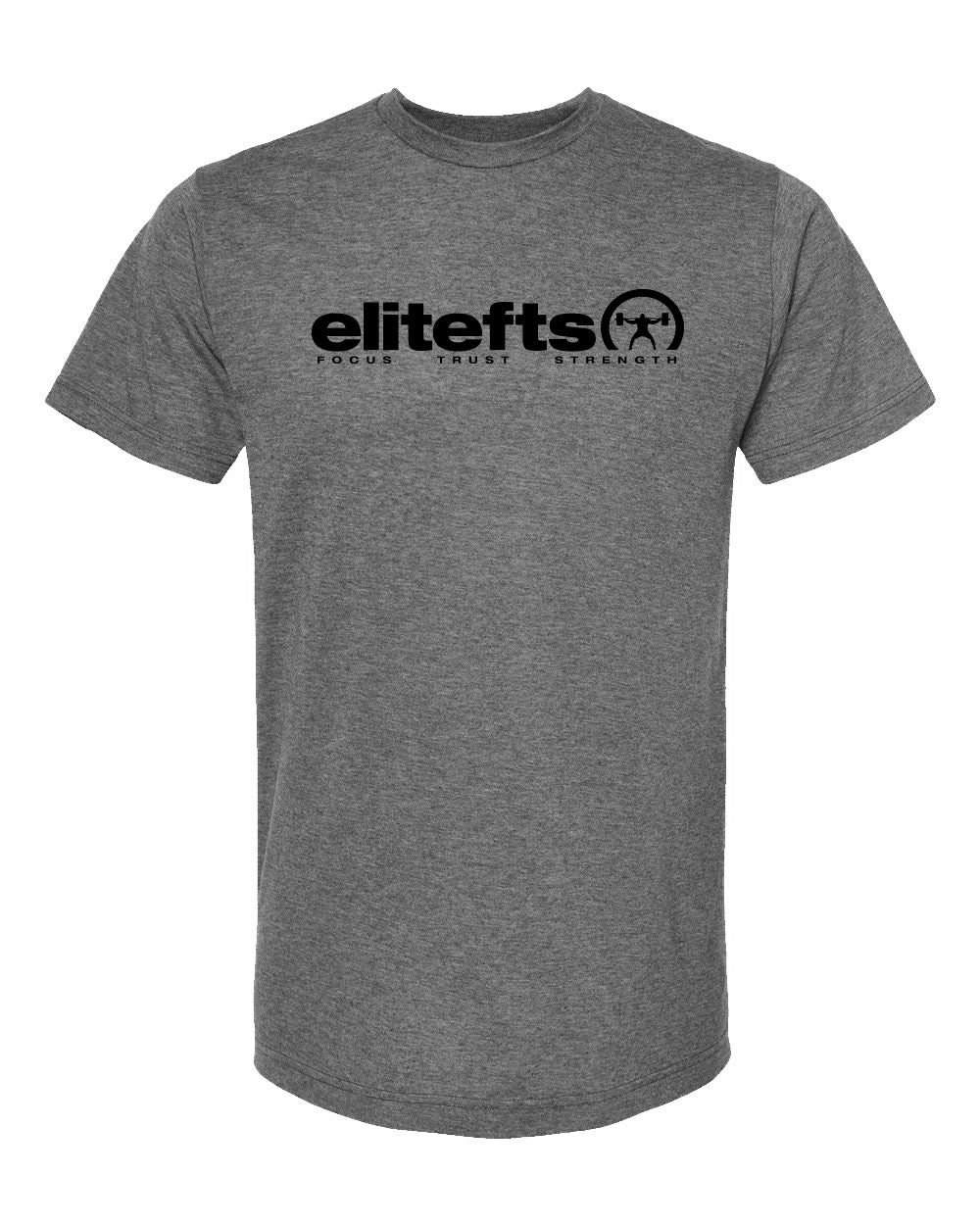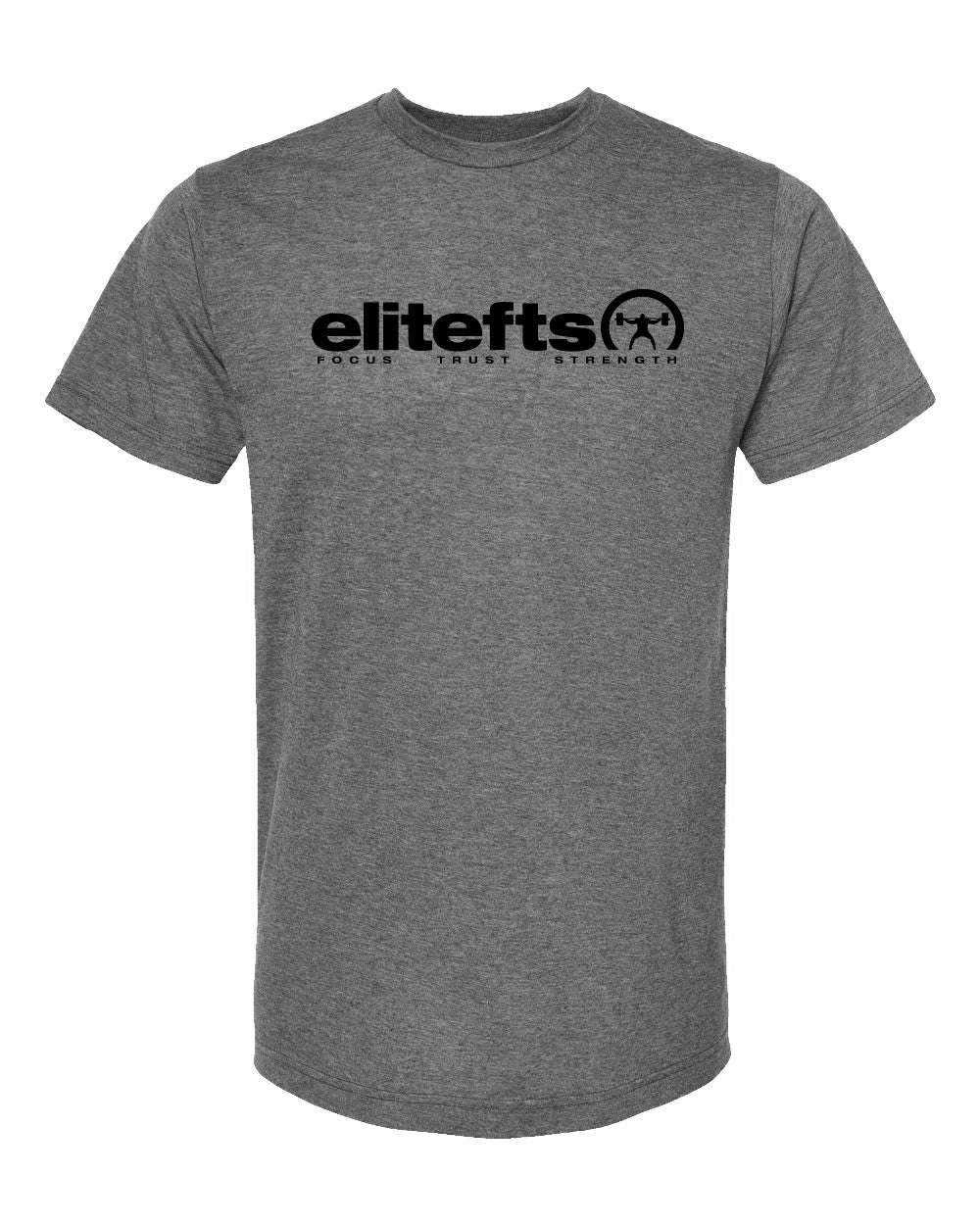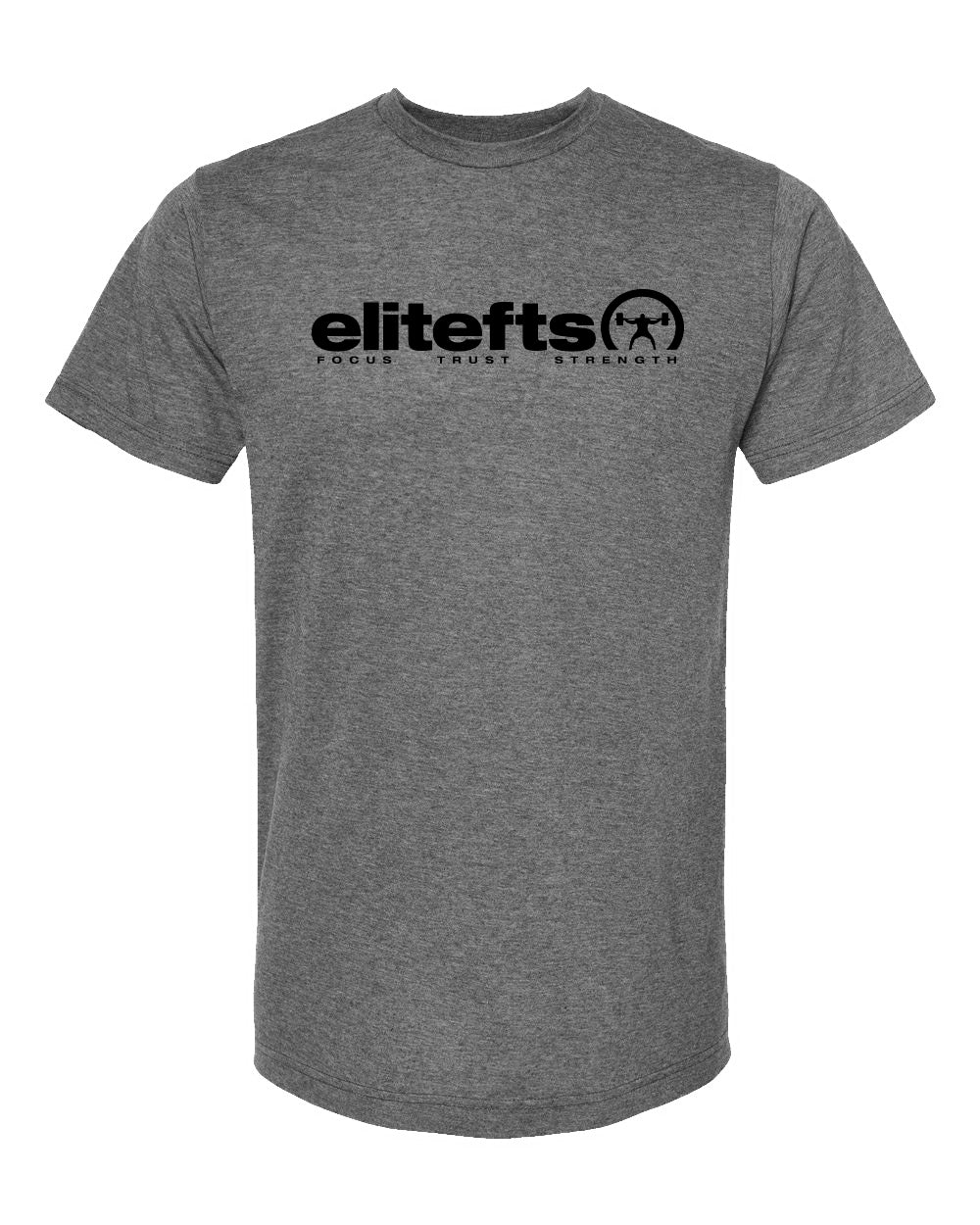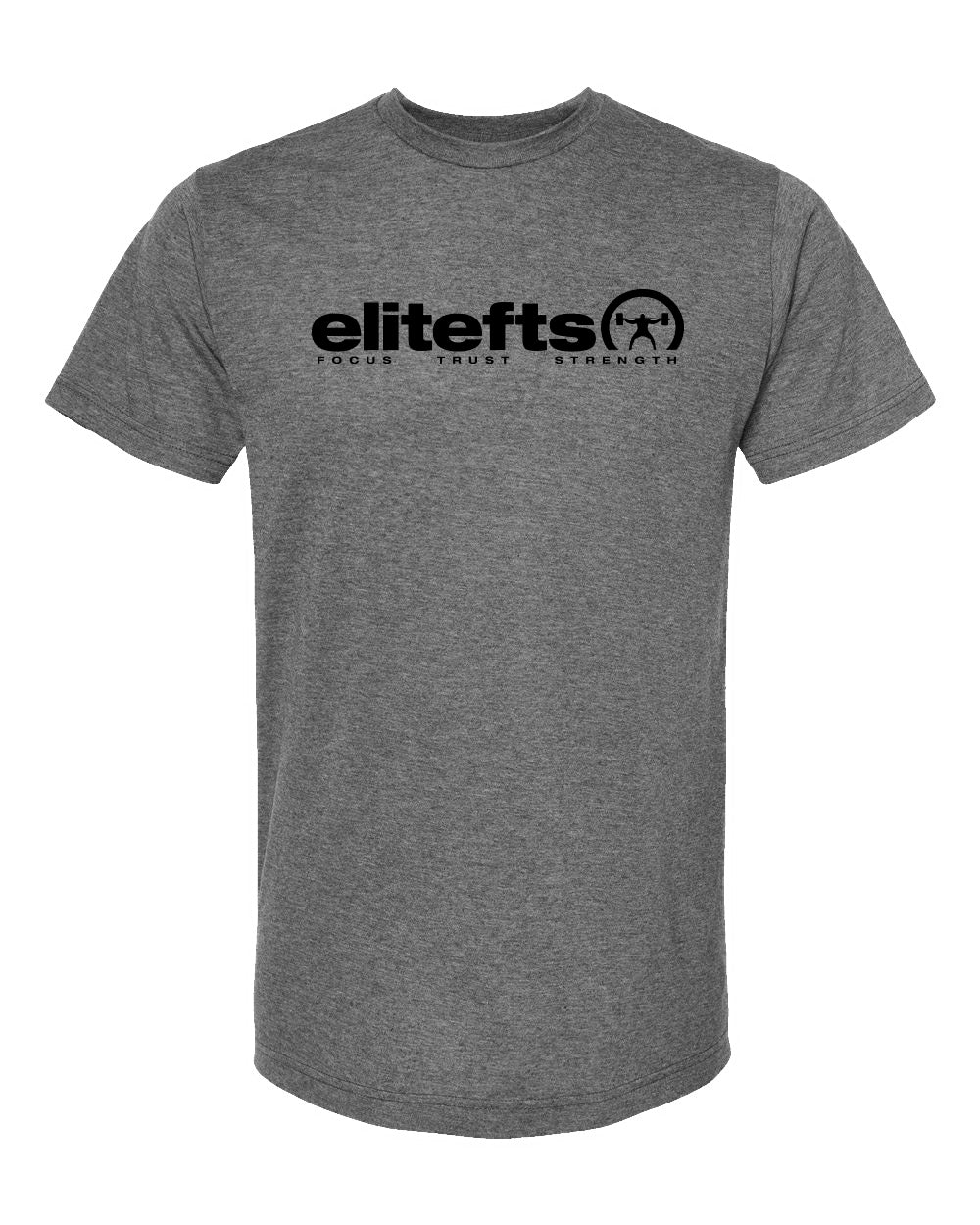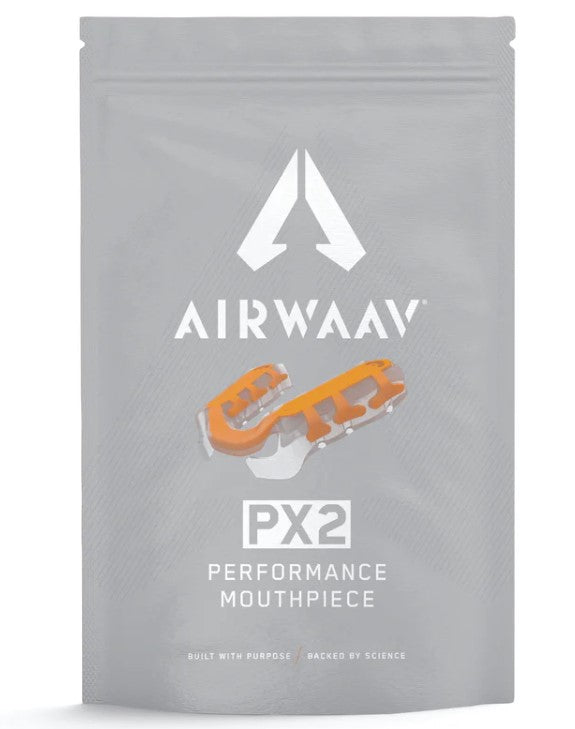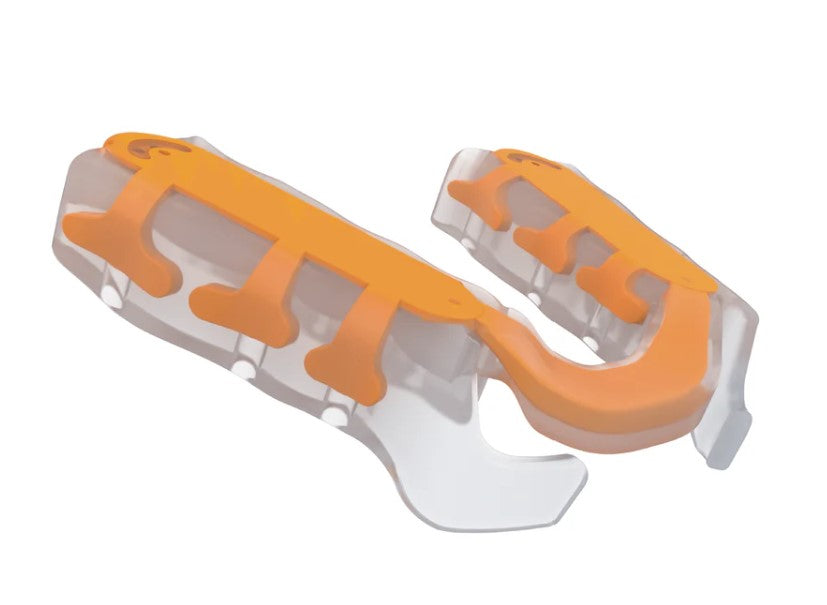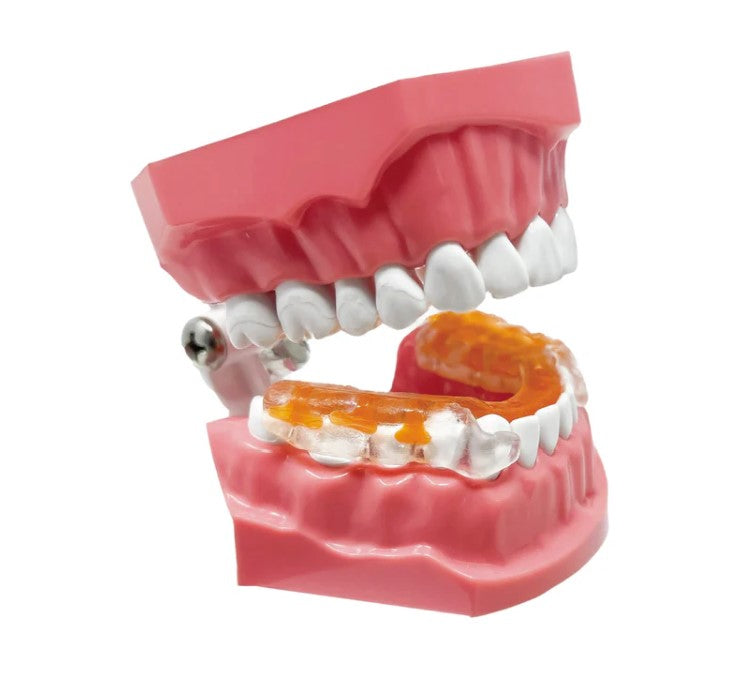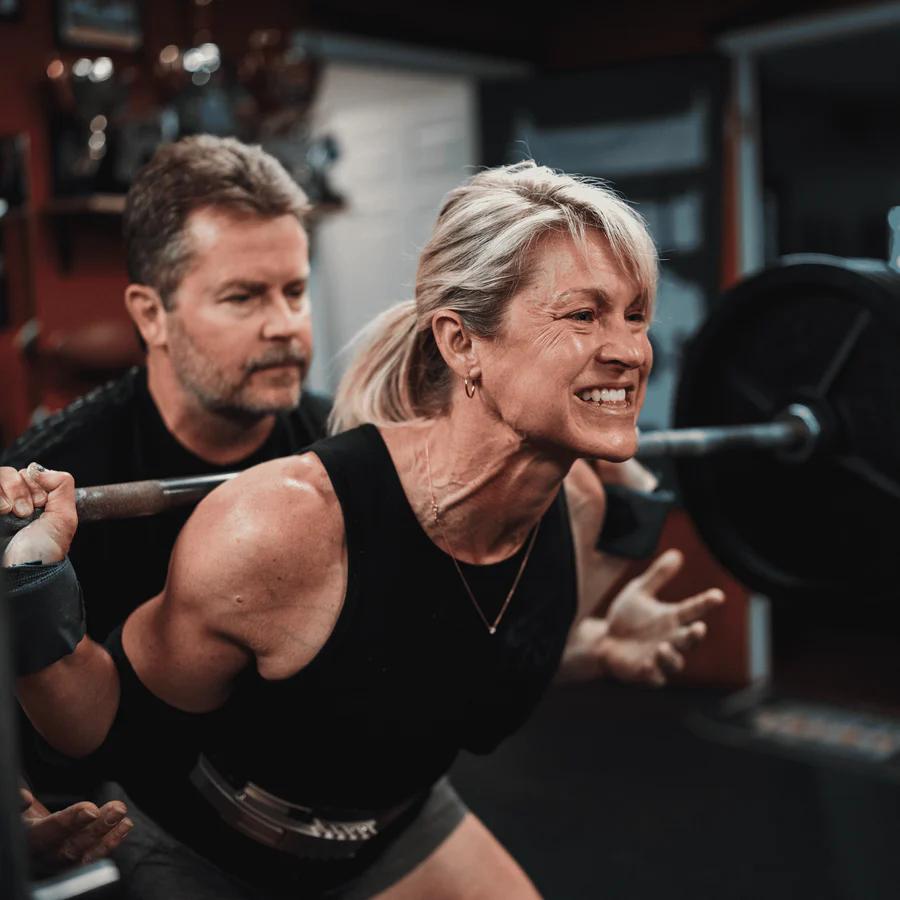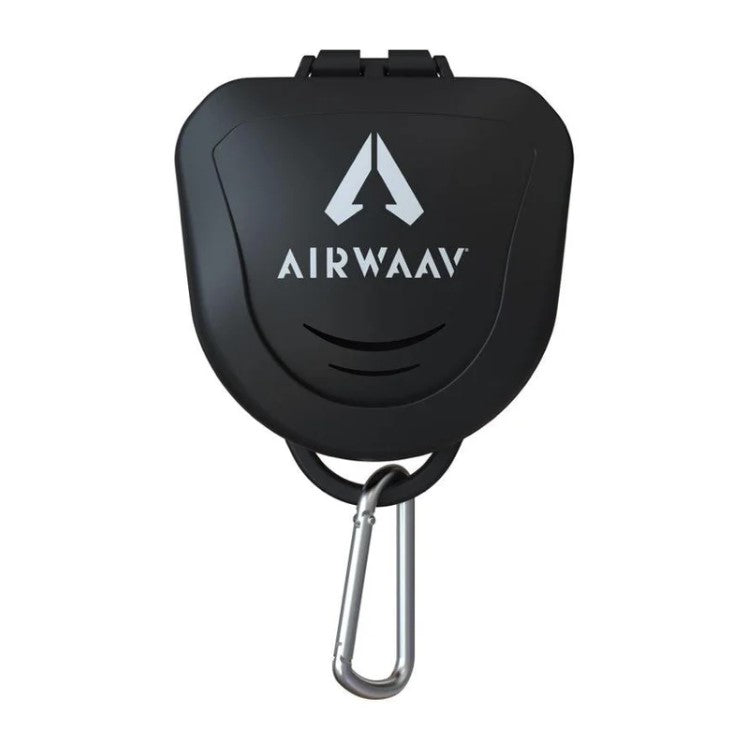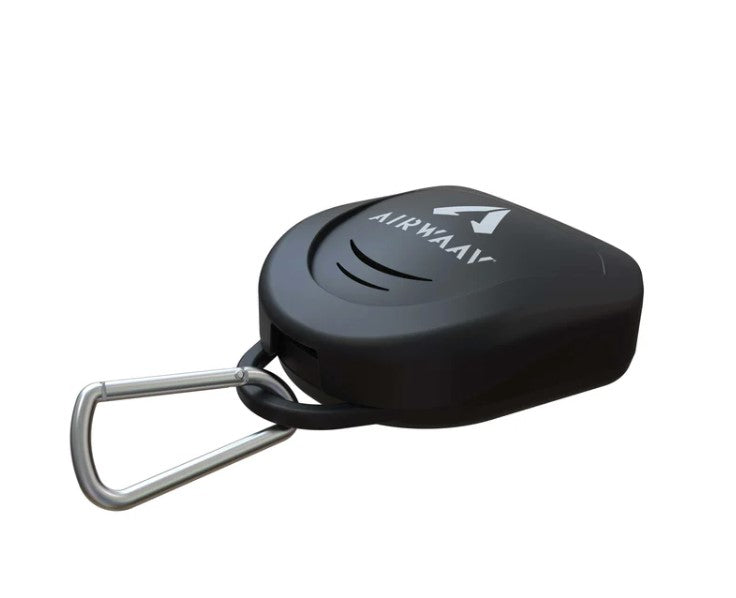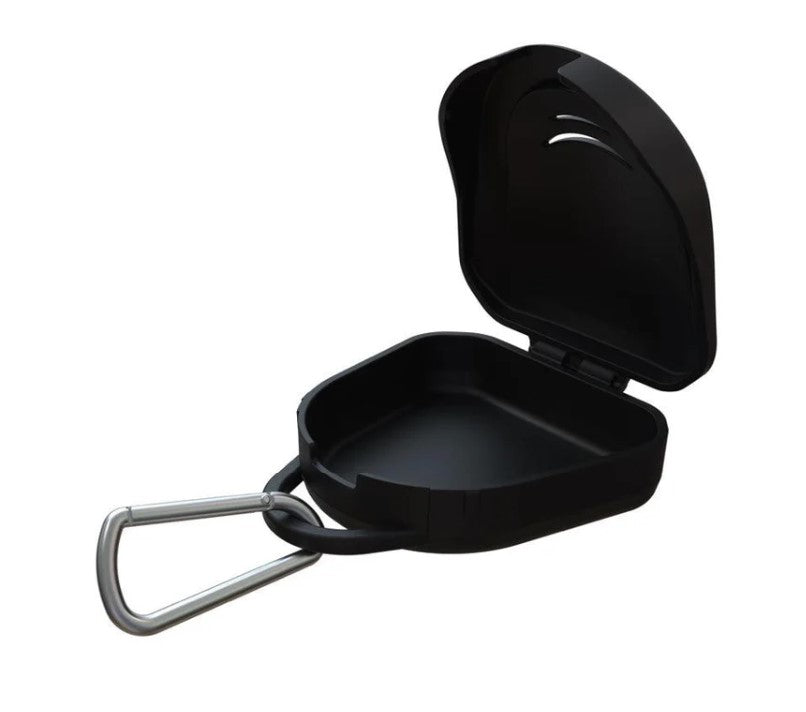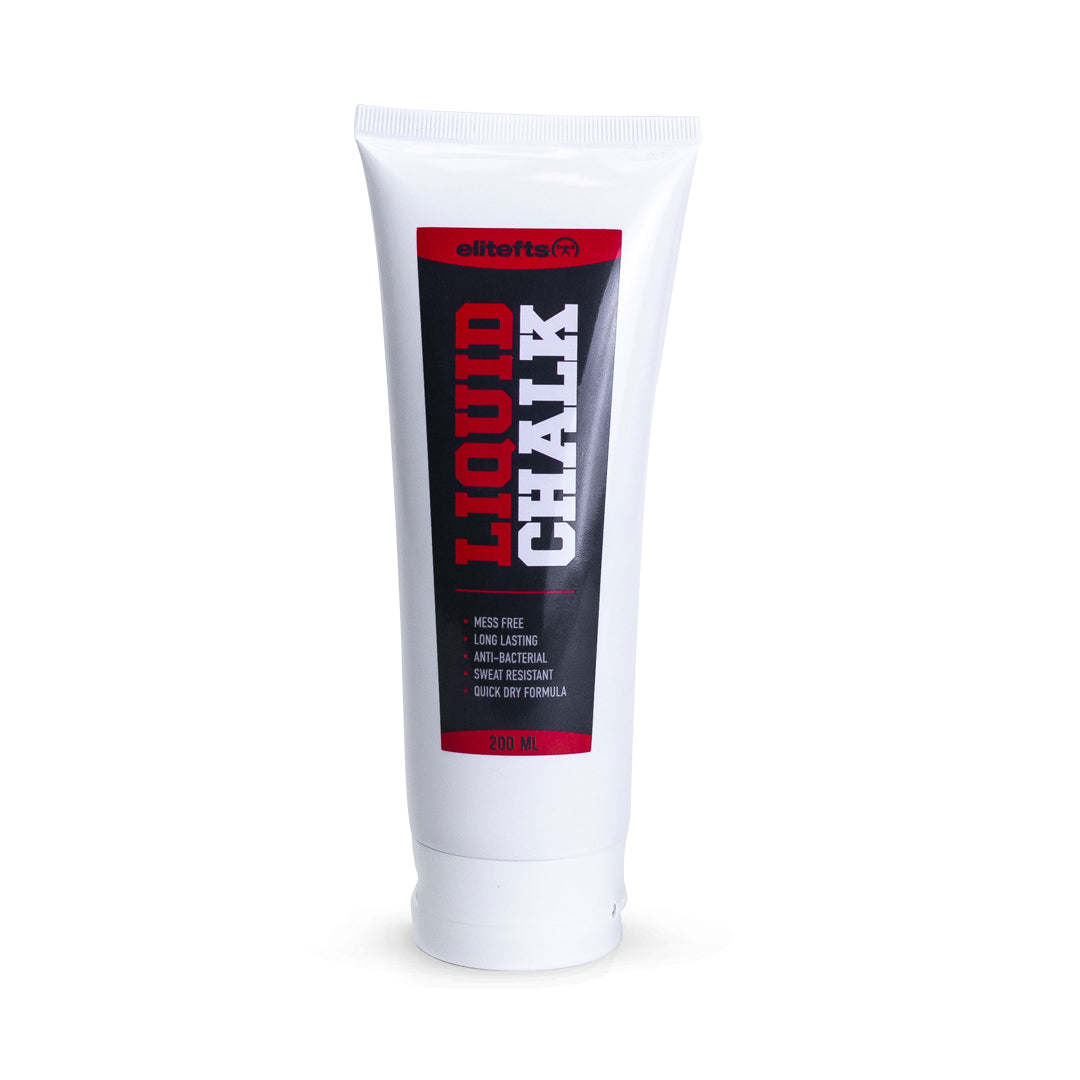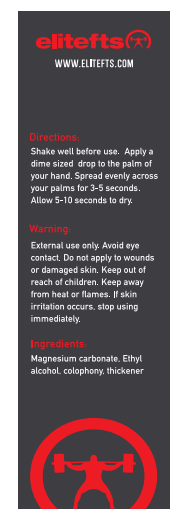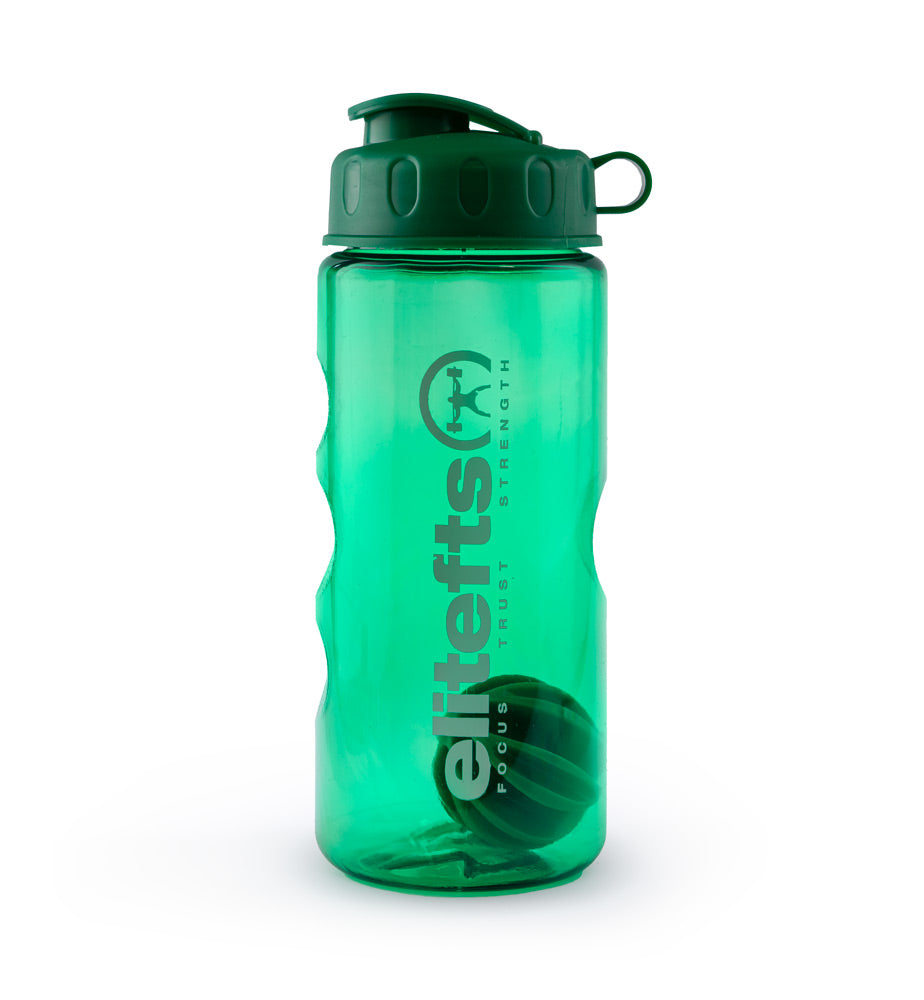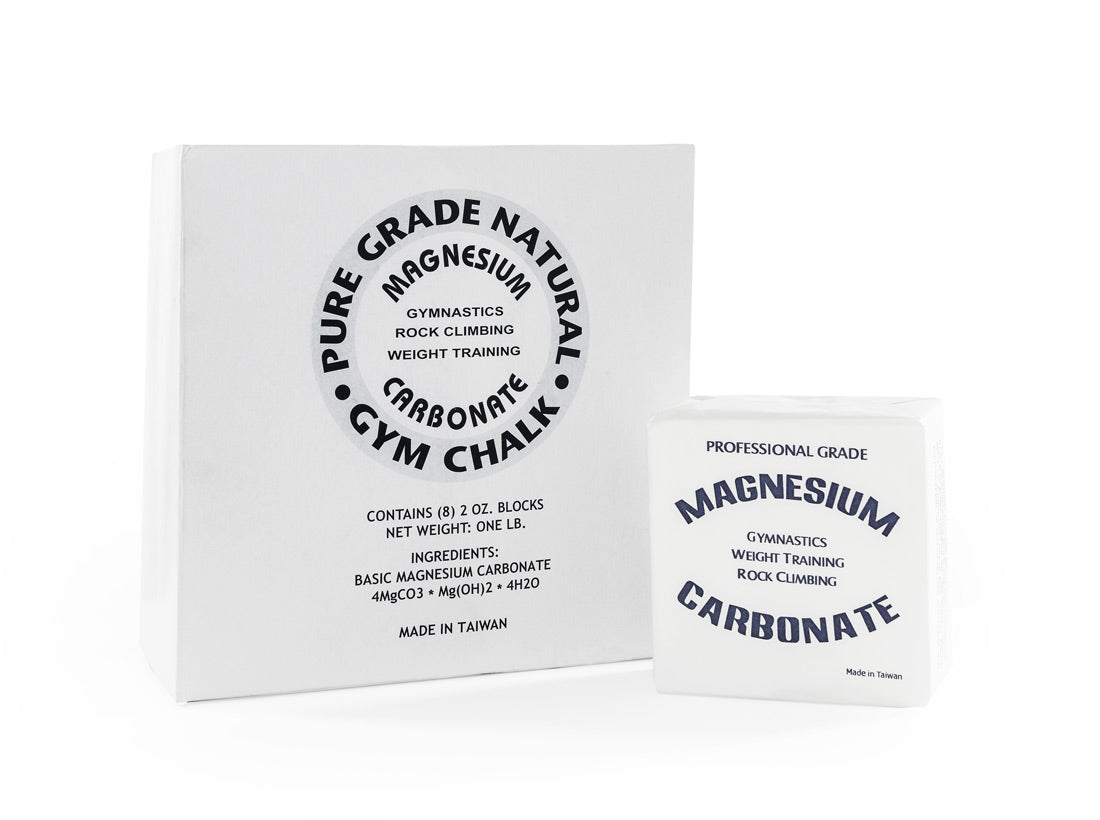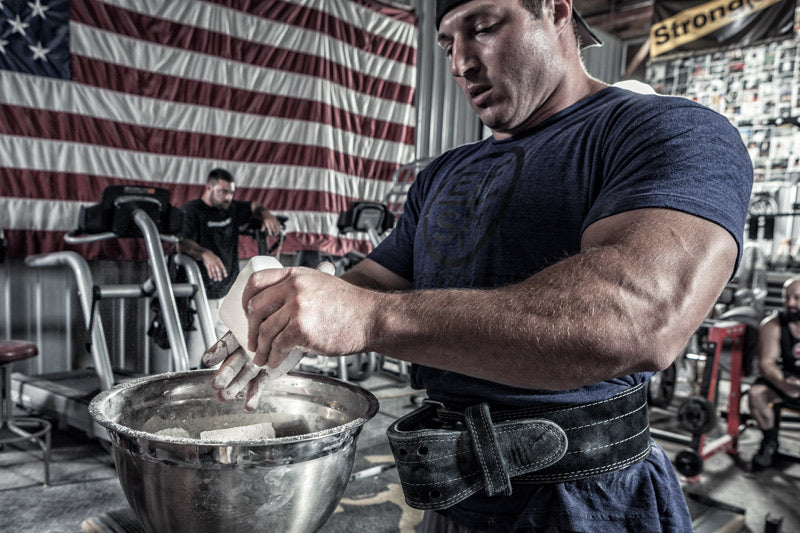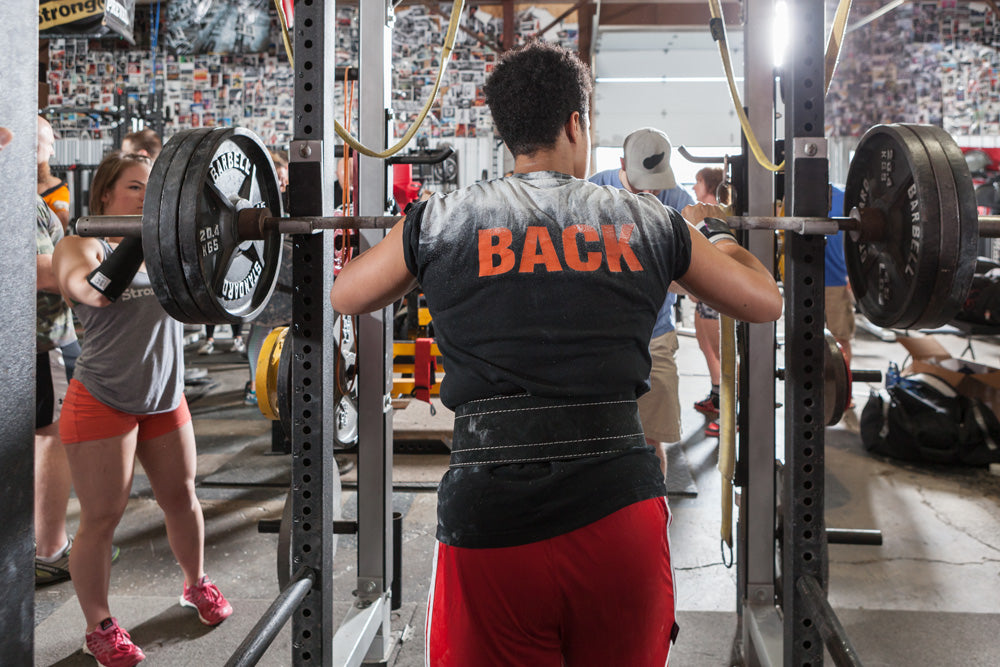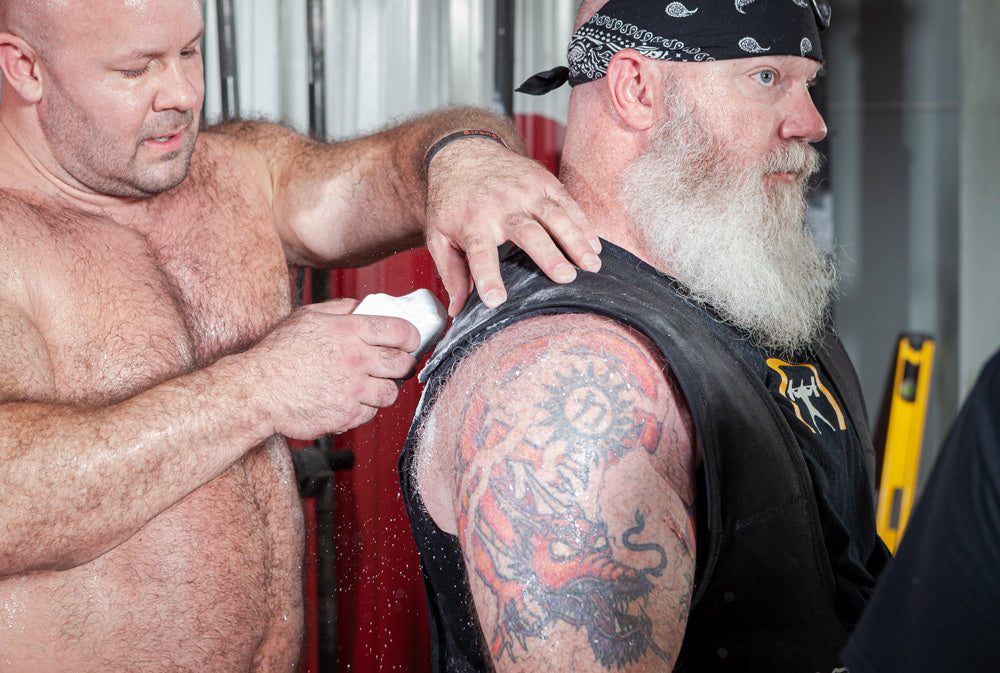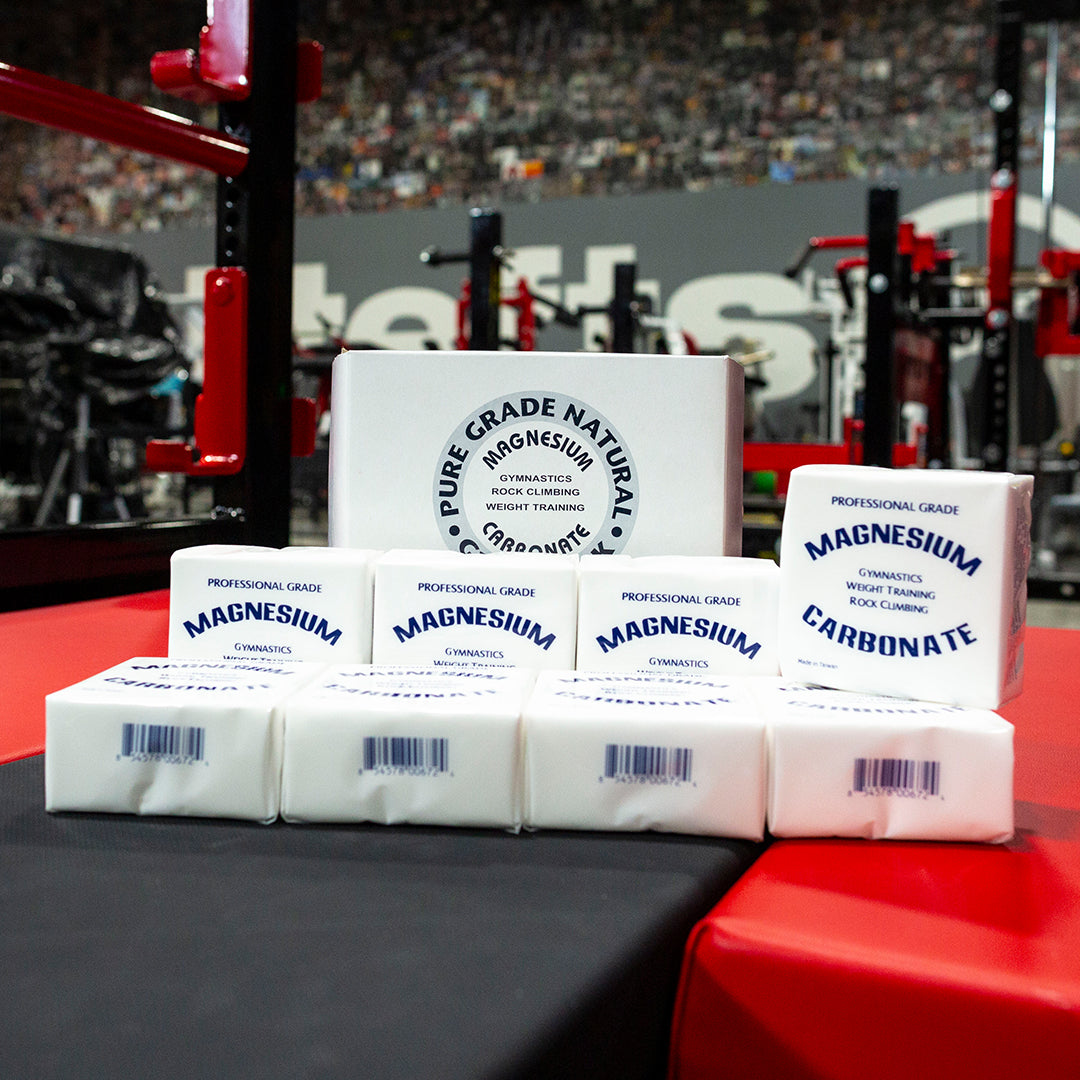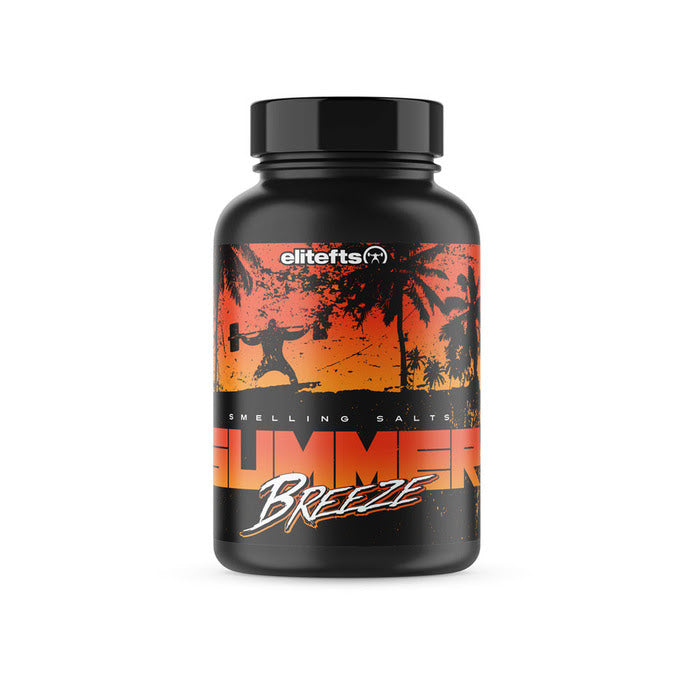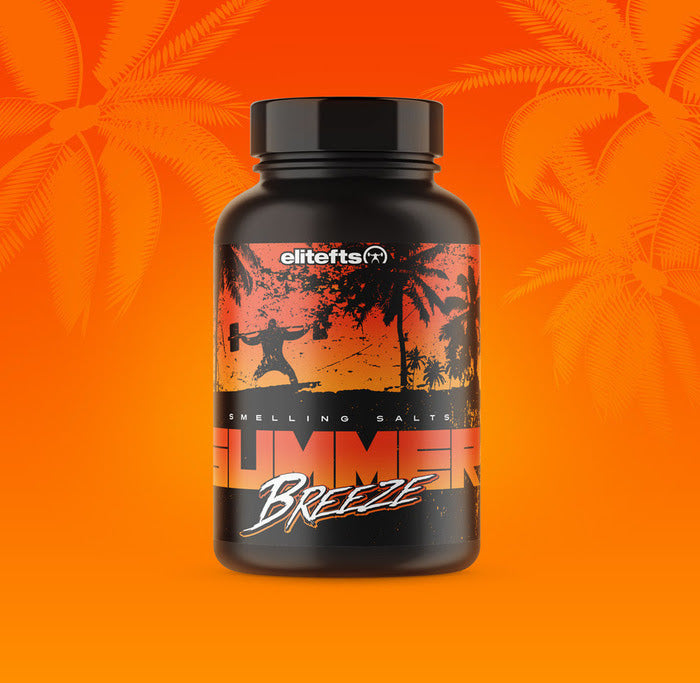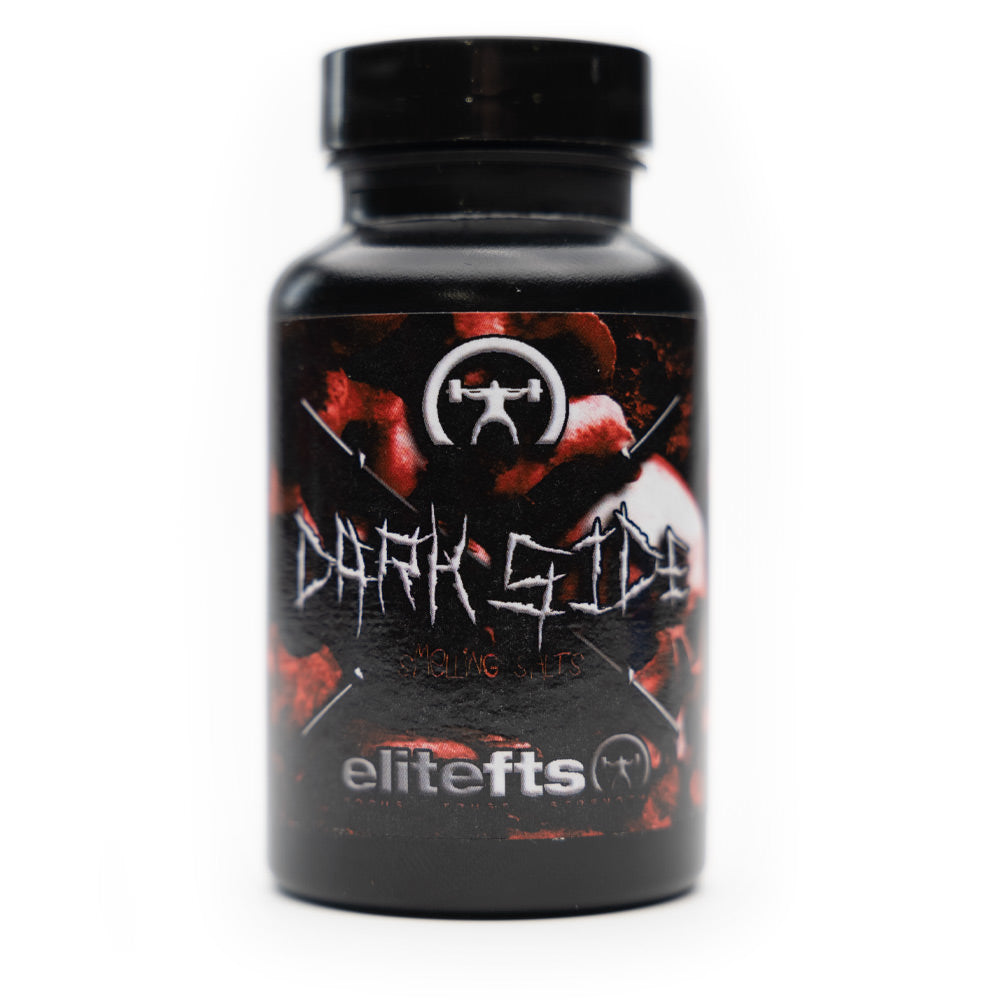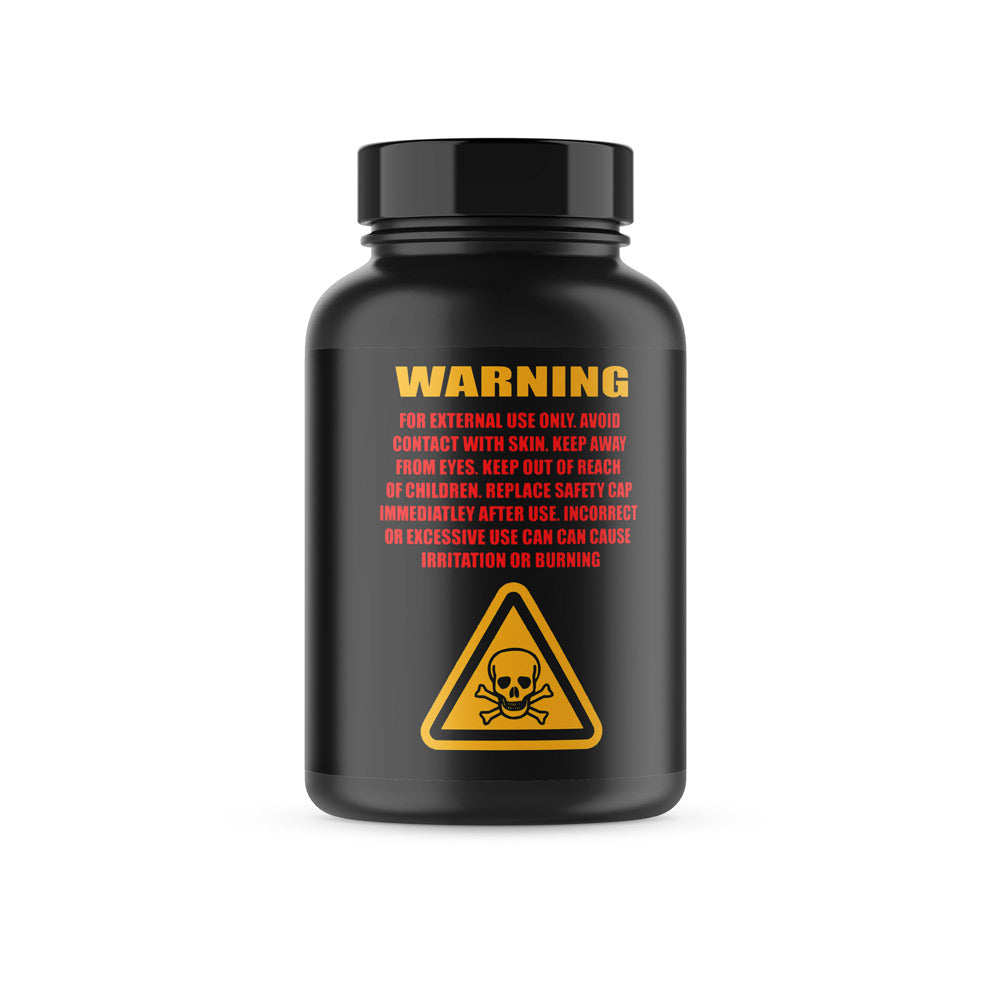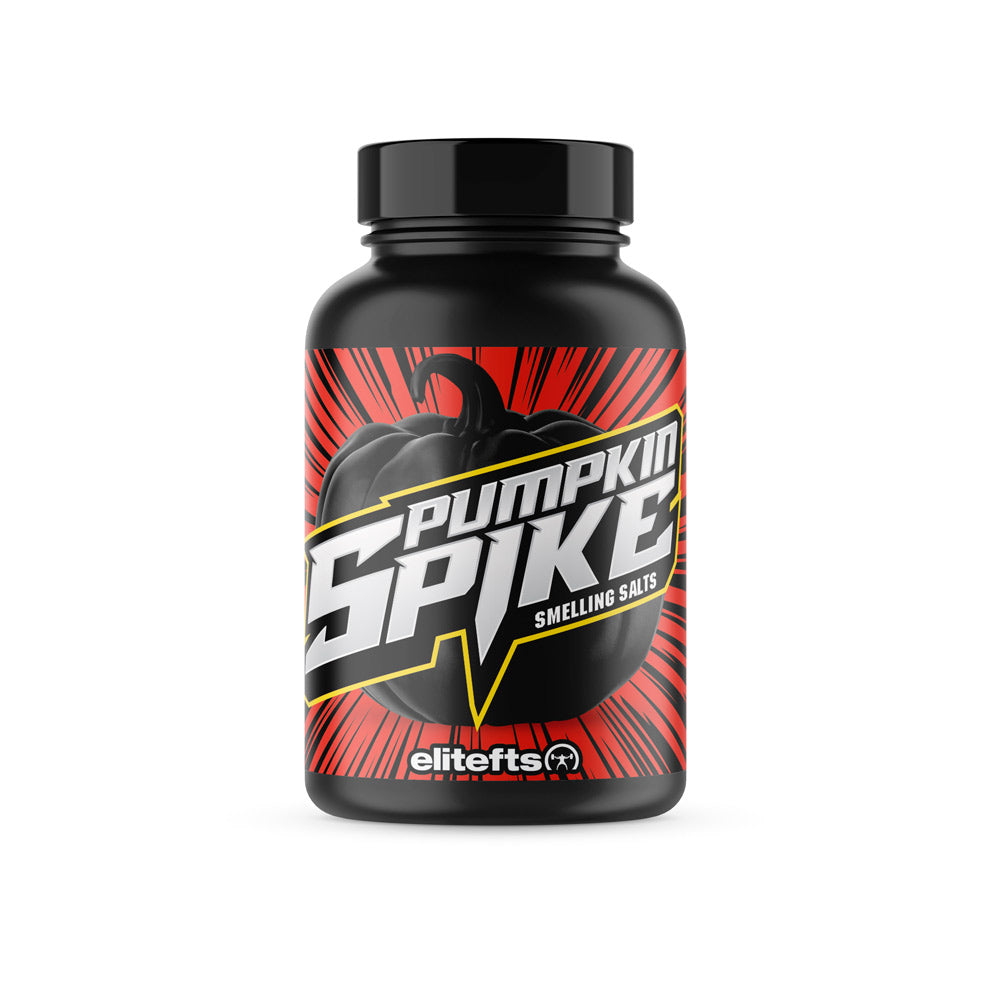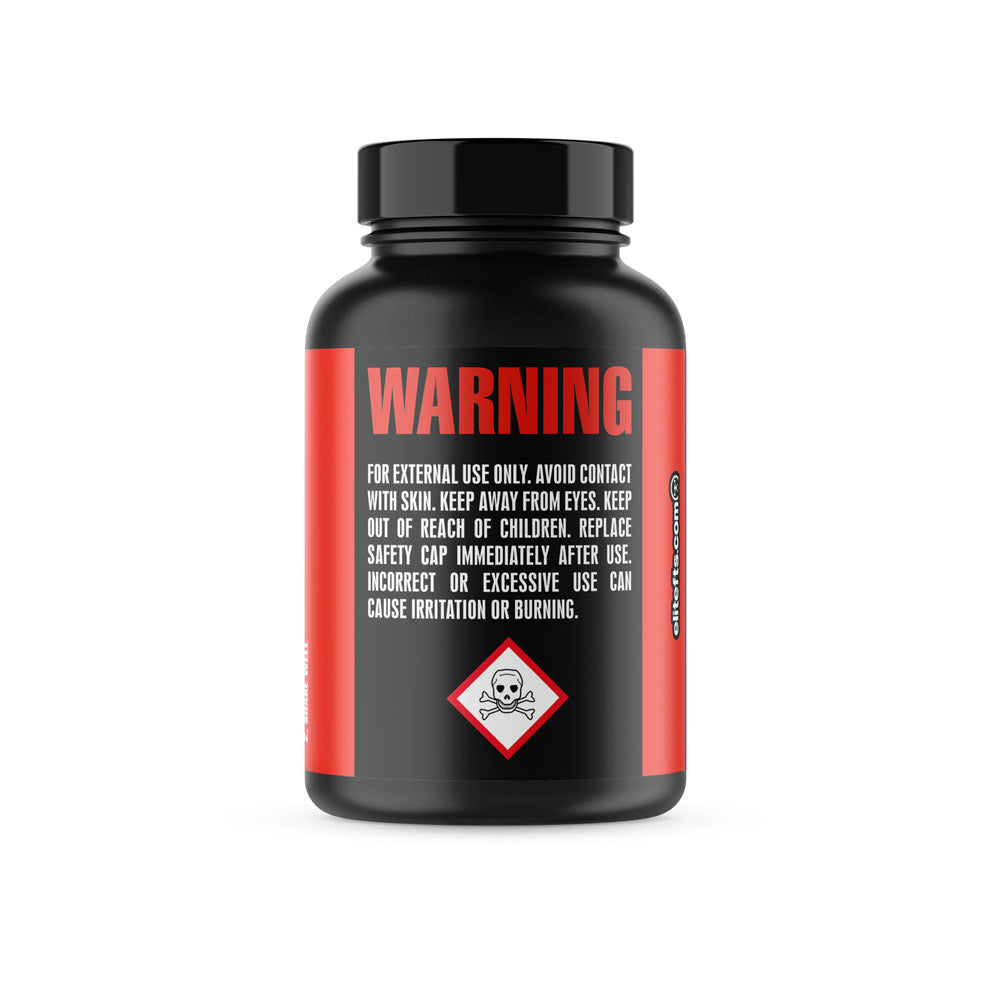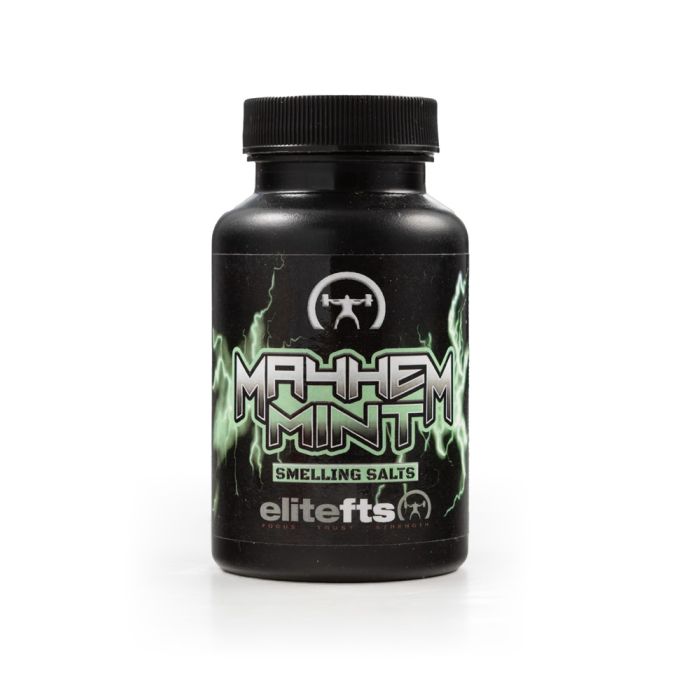The bench press is the king of all pec exercises and is considered fundamental to exercise programs worldwide. It doesn't matter if you use barbells, dumbbells, or specialty bars; the bench press will help develop your chest, shoulders, and triceps like no other exercise.
However, like most big lifts, bench press form and technique are more complex than they may seem at first glance.
This article from 2017 showcases the depth of thought that goes into bench press setup. But even then, top-level coaches and powerlifters will have differing approaches depending on the athlete, goals, pain points, etc.
Regardless of how you or your client approach bench pressing, one thing needs to be addressed, and I don't hear the community talking about it enough.
And that is shoulder internal rotation.
But before I continue, I realize there is much more to bench pressing than shoulder mobility; this article is to address one often overlooked piece of the puzzle. If you want to dig into more nuances with bench pressing, a search through the elitefts article library will be plenty fine.
Internal Rotation = Fundamental Motion
We often think of the bench press as a pec-dominant movement, which it certainly is. However, you'll also hear many people talking about the triceps, lats, deltoids, thoracic spine, and general upper back musculature. And all of it is important.
What we rarely hear people talk about is what the joints are doing to produce force. Ultimately, for you to have a solid and pain-free bench press, you need a shoulder joint that is capable of being loaded in multiple planes (e.g., horizontal adduction, like a pec fly). More importantly, though, you need a shoulder that is mobile and strong enough to internally rotate.
Your shoulder is fundamentally a rotational joint; without adequate rotation, you'll feel stuck, achy, and annoyed that you can't do what you want. This is why physical therapists rely so heavily on training rotation (even though they often do poorly at executing it).
I discussed why rotation is important in my other article and highly encourage you to read it. It will help with more than your bench press.
For now, though, the biggest takeaway is that your shoulder needs internal rotation to function, especially during a bench press.
Relative Joint Angles Matter
In your bench press 101 journey, you learn about leg drive, scapular positioning, hand placement, etc. You understand the setup and the importance of technique. What you might not learn is why you biomechanically do those things.
Ultimately, your setup is to make you as efficient as possible, which is interesting because most training setups are to create inefficiency to make you better, but I digress. Your setup helps you produce as much force as humanly possible to go from point A to point B.
However, whenever you attempt to set up a lift, especially where you're locking joints down to create stiffness (e.g., all of the big three), you are potentially changing the surrounding joint's function. In the case of bench pressing, every time you reorient your shoulder, shoulder blade, or spine, you change what is occurring at the adjacent joints.
Internal Rotation Isn't Optional–It's A Prerequisite For Pressing
A good bench press setup generally involves depressing or retracting the shoulders and setting solid thoracic spine extension and perhaps lumbar extension to some degree. All this intent pulls the body into global extension; an exaggerated example is the powerlifters that turn their body into a rainbow and bench press the bar one inch to their chest. You've all seen that before on social media.
The shoulder (glenohumeral joint), on the other hand, has to maintain a fixed position because you're ultimately pushing the bar horizontally. To do that, you need the shoulder to maintain an internally rotated position; this is even more the case if you're going with a wider grip.
Notice the picture below. The top photo shows a neutral position, whereas the bottom picture illustrates spine extension, scapular retraction, etc.

As I pull myself deeper into global extension, my shoulder (glenohumeral joint) finds a more internally rotated position.
So, if your bench press setup has any degree of extension, you should work on owning a strong internal rotation position.
Step 1: Create Space (Mobilize It)
If you can't get into internal rotation passively, you won't own it under a bar.
Unfortunately, I can't assess you through the screen, so your first step is to understand what internal rotation actually is and then start working on it with the right drills.
This is where stretching comes in.
The most accessible way to begin is by learning how to position the shoulder and find a deep stretch at the end range. Just make sure you're not cheating your way into the stretch with compensations elsewhere.
I show the setup in the video below; however, creating tension in this position should be done safely. For now, I recommend trying to find the stretch and getting used to it. You can learn to load it later, as you’ll see.
Note: I don’t go into PAILs/RAILs because it is an entirely different concept. If you want to learn more about that, you can read my article
here; this would be how you actually load the stretch.
Step 2: Lock It In (Capture It)
Once you've opened up range, your next job is to load it. Not globally—locally. You need to challenge the end range of internal rotation with enough resistance to actually create change.
You're not just checking a box. You're training your shoulder to capture that range and keep it under real-world conditions.
Without this step, your body will fall right back into old patterns. And your bench will still feel off.
Step 3: Put It To Work (Train It)
Now, take what you've earned and move through it. It's one thing to access internal rotation on the table. It's another to express it through motion, under control, through full range, and in coordination with the rest of your body.
This is where it starts to transfer. When you can dynamically move through internal rotation without falling apart, you've got something you can use.
You're not just accessing internal rotation — you're teaching your body how to rely on it when it counts.
Final Thoughts
If you care about pressing heavy weights and staying pain-free, you need to focus on shoulder internal rotation.
This isn't flashy. It won't go viral. But it's the kind of work that separates people who lift for a few years from those who lift for decades.
Don't settle for surface-level fixes if your bench press feels stuck or your shoulders always feel uncomfortable. Do the work beneath the lift.
Own your rotation, and everything else starts to click.
Brian Murray is a mobility coach with sixteen years of experience helping people move better, feel stronger, and train without pain. He’s the founder of
Motive Training, a personal training facility in Austin, TX, and the creator of Motive Mobility, an online platform focused on joint health and movement longevity. Drawing from Functional Range Conditioning (FRC), WeckMethod, and years of hands-on coaching, Brian’s approach bridges the gap between mobility and performance—making complex concepts simple and actionable for anyone who wants to train and move with purpose.

